Image Archive
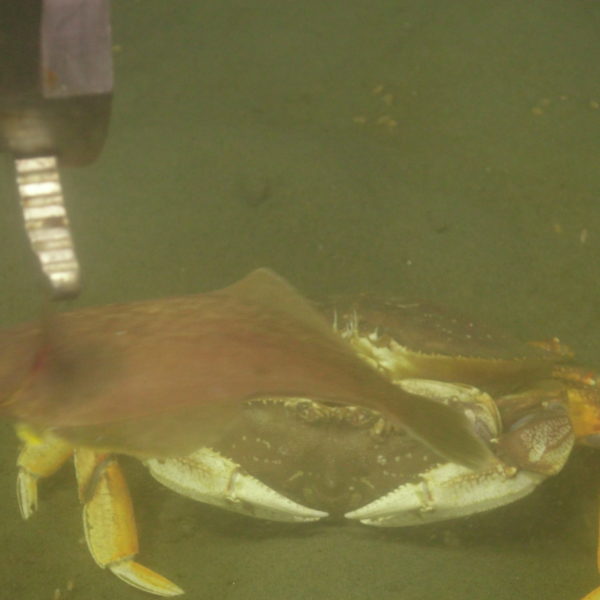
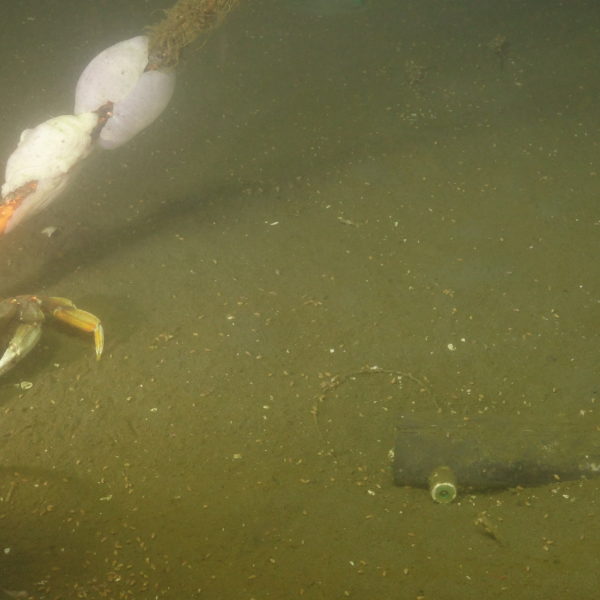
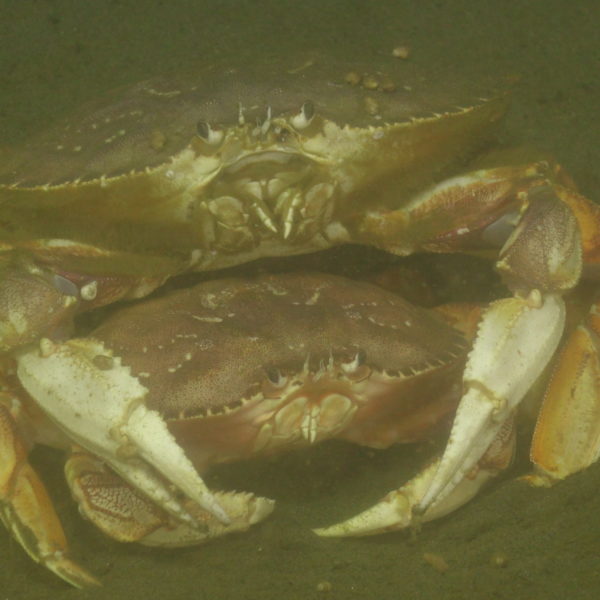
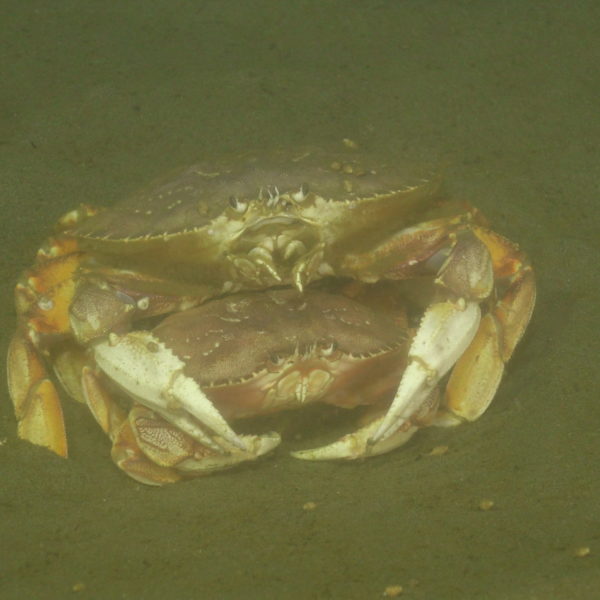
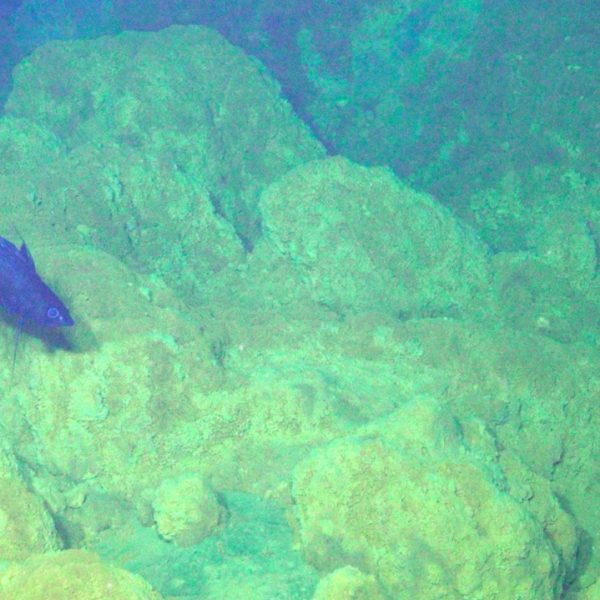
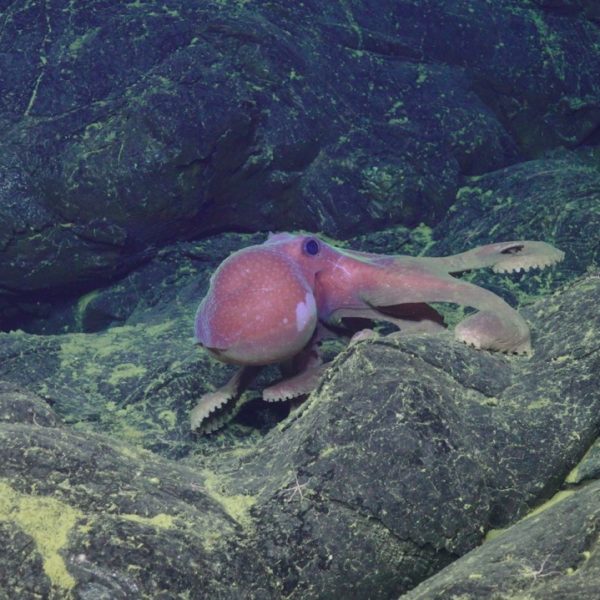
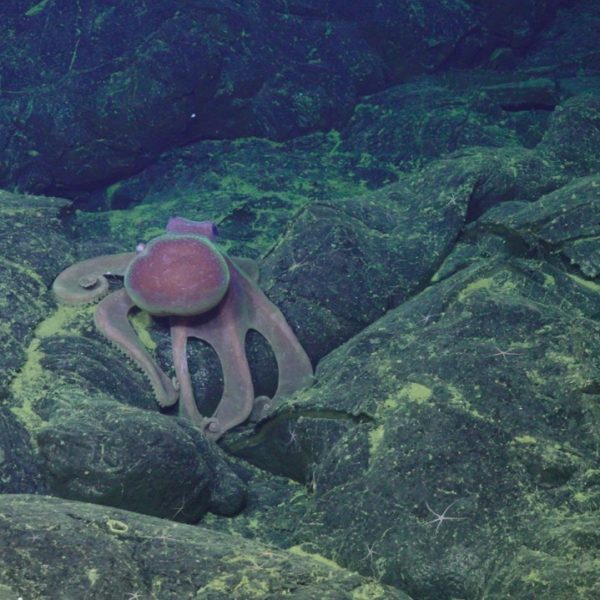
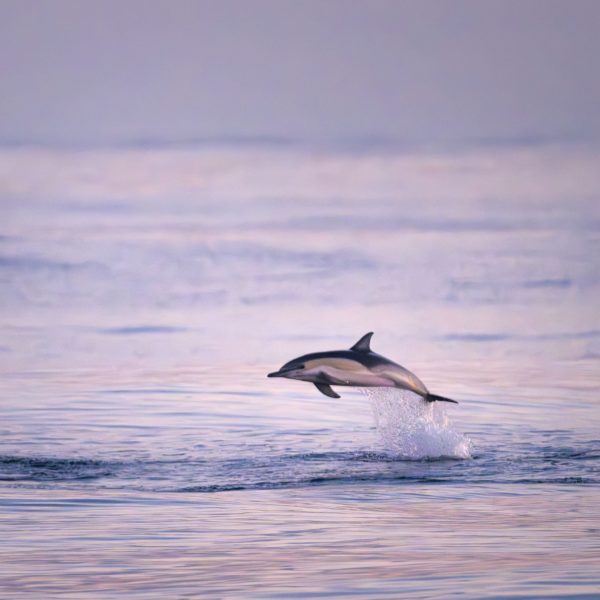
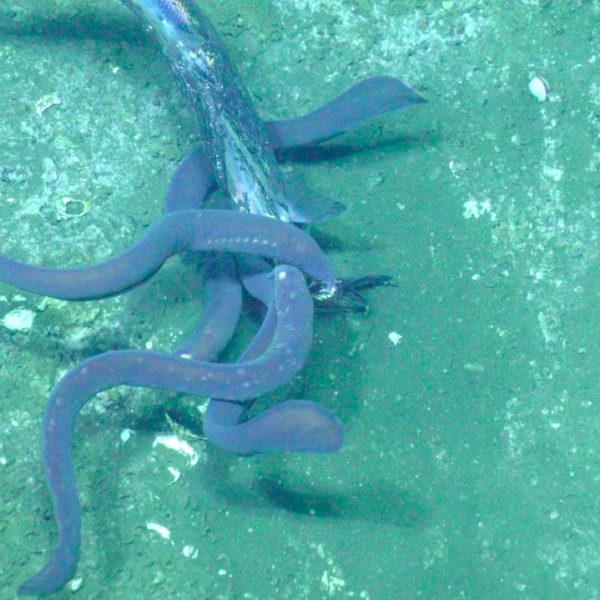
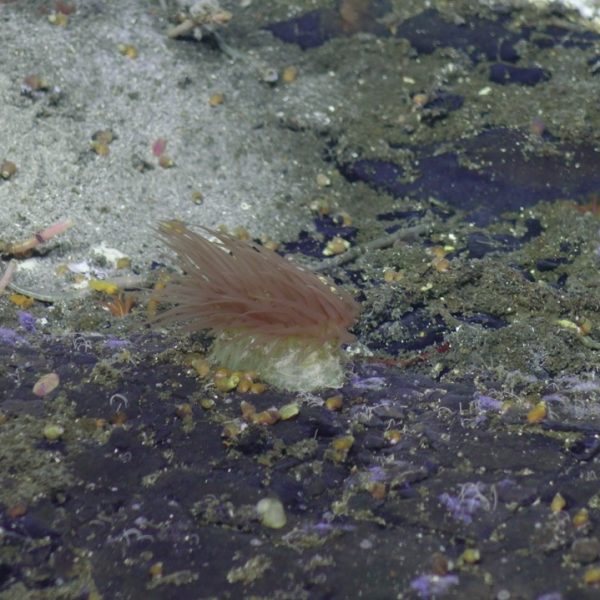
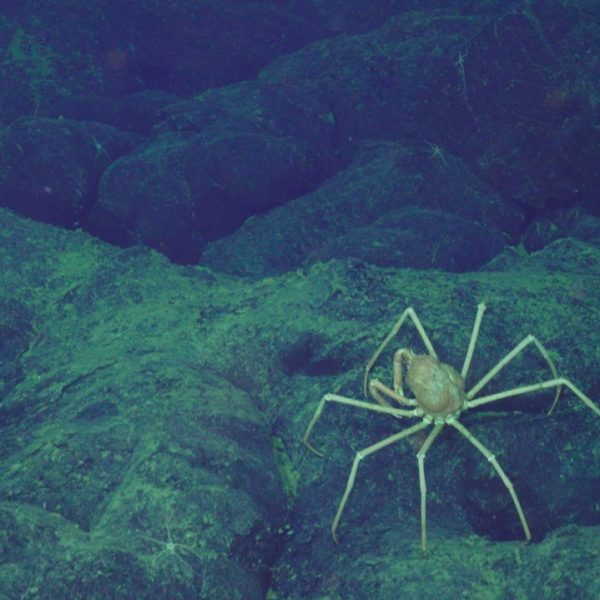

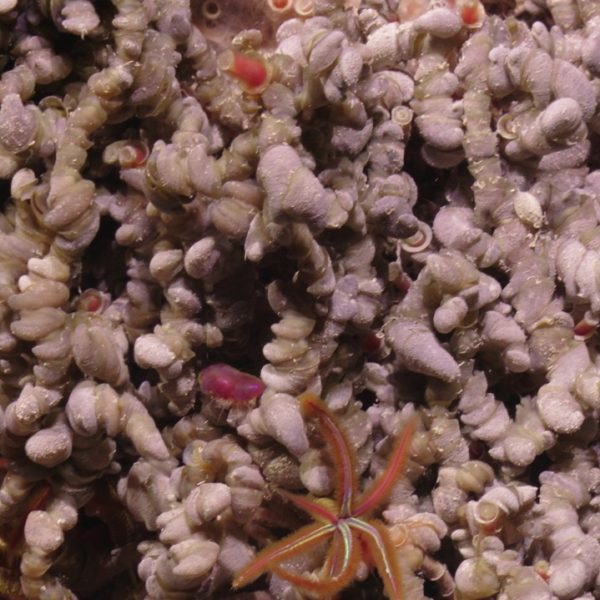
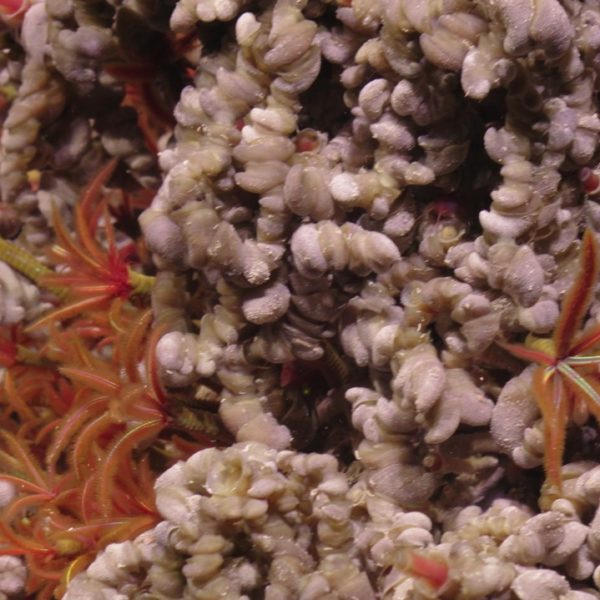
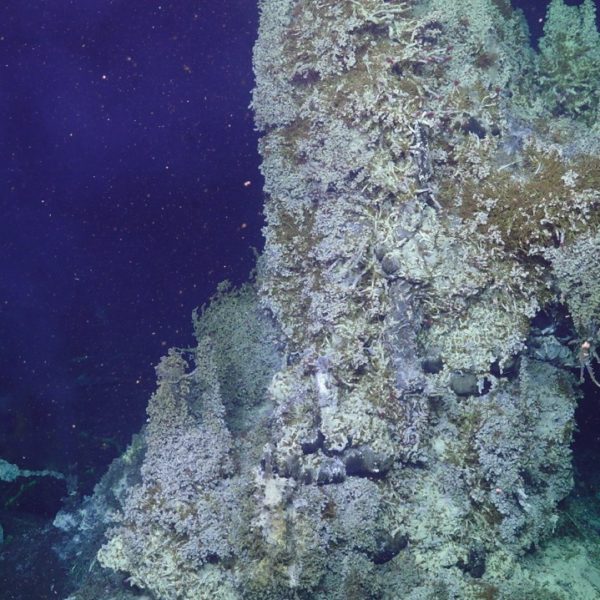
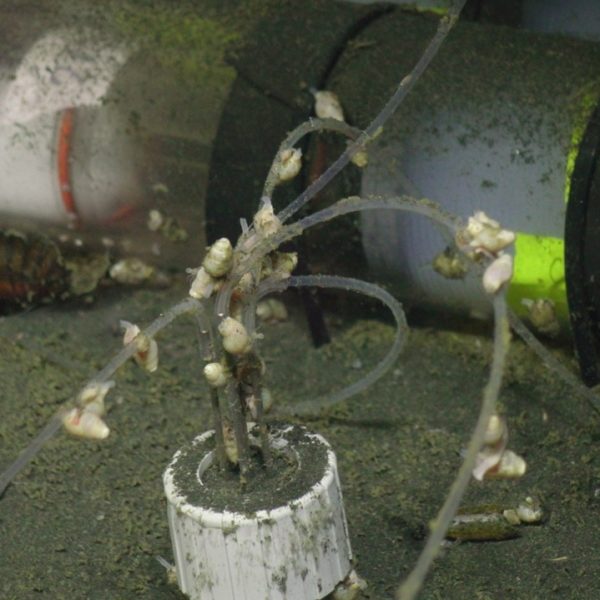
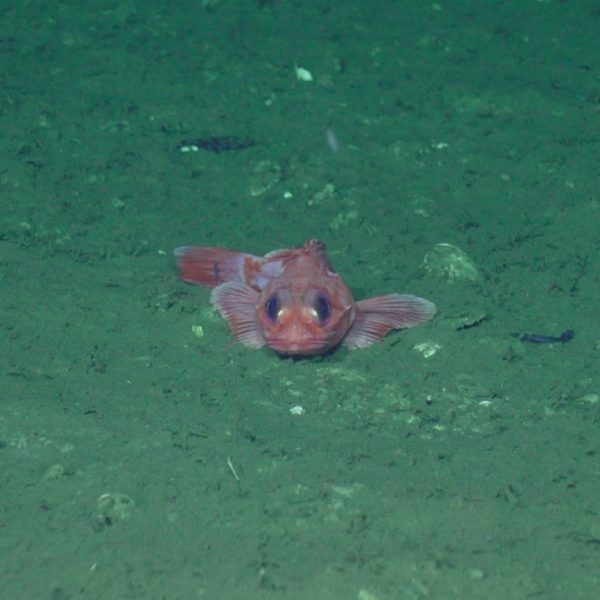


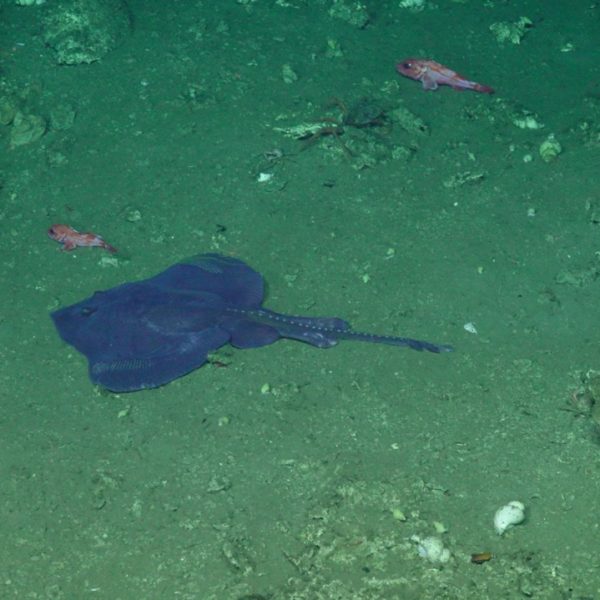
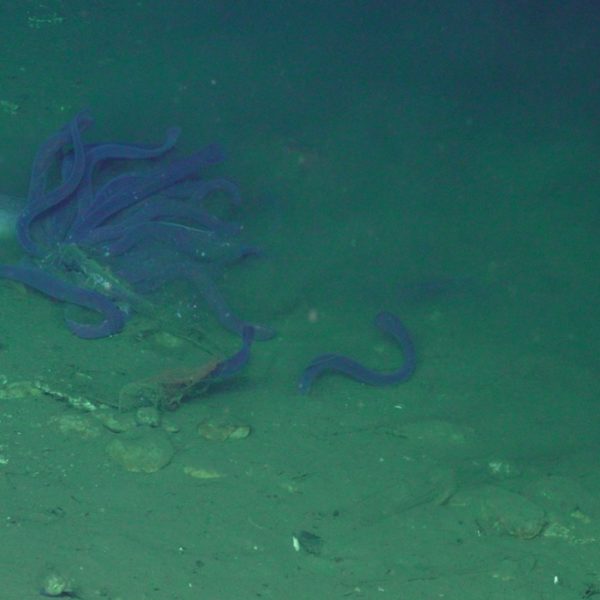
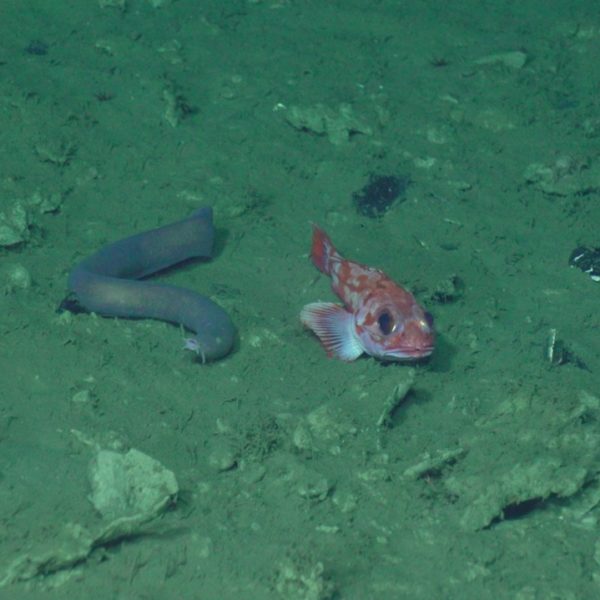
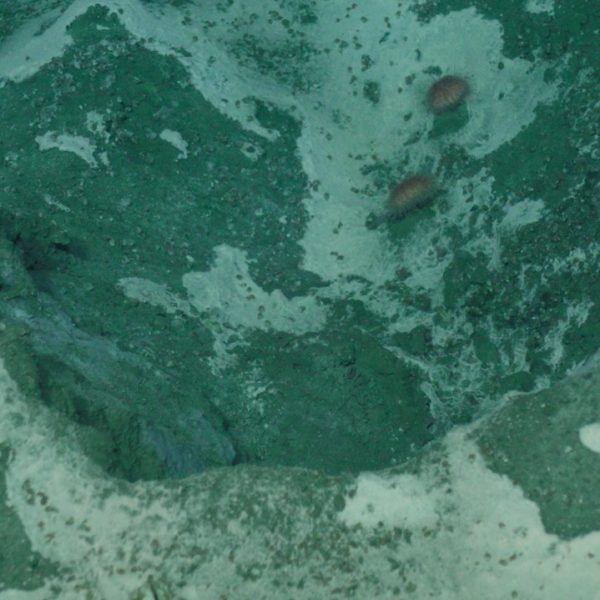
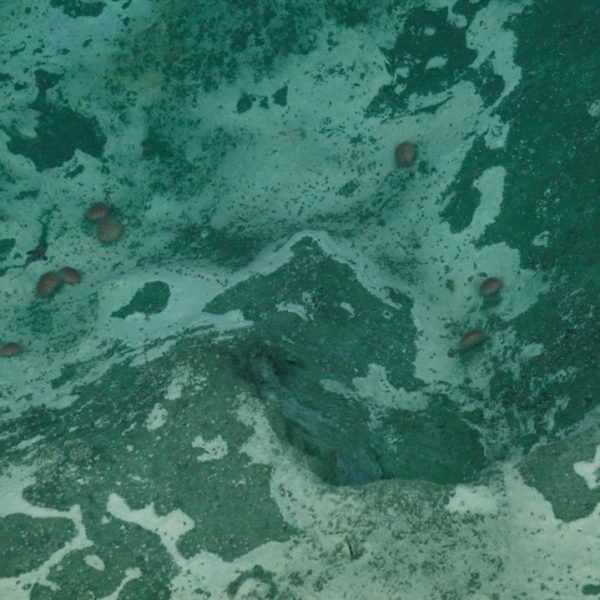
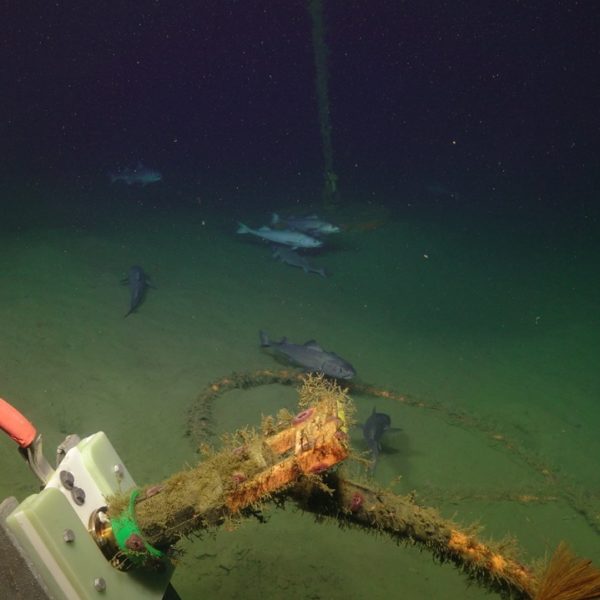
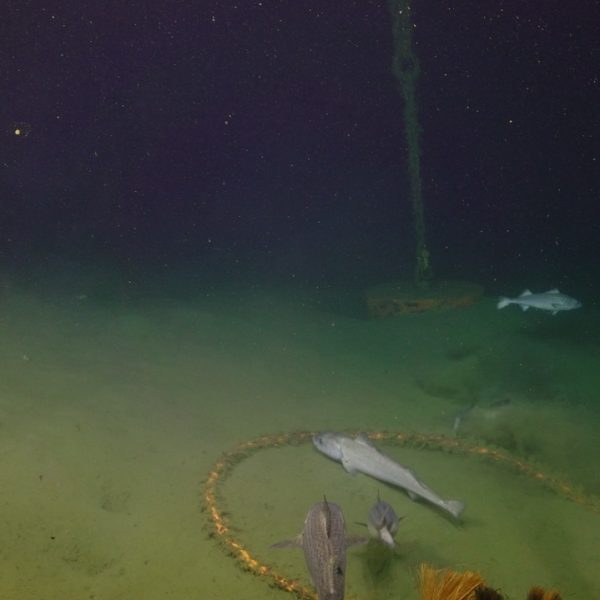
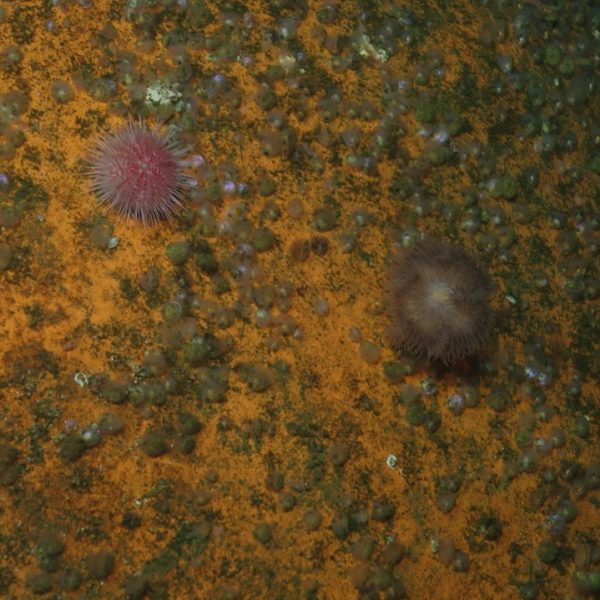
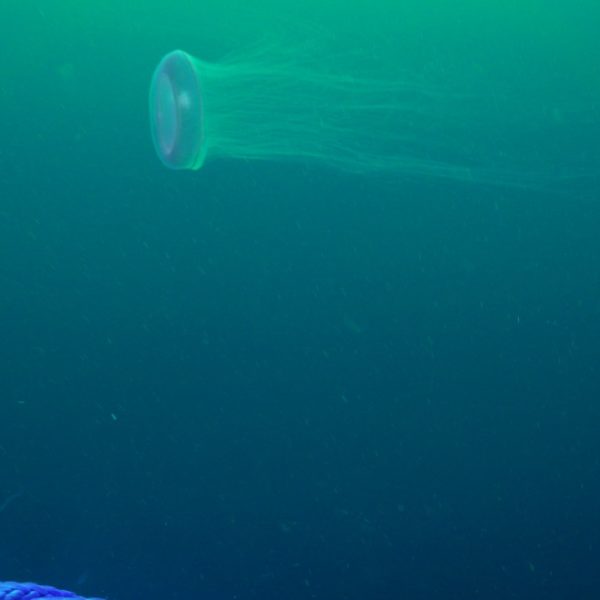
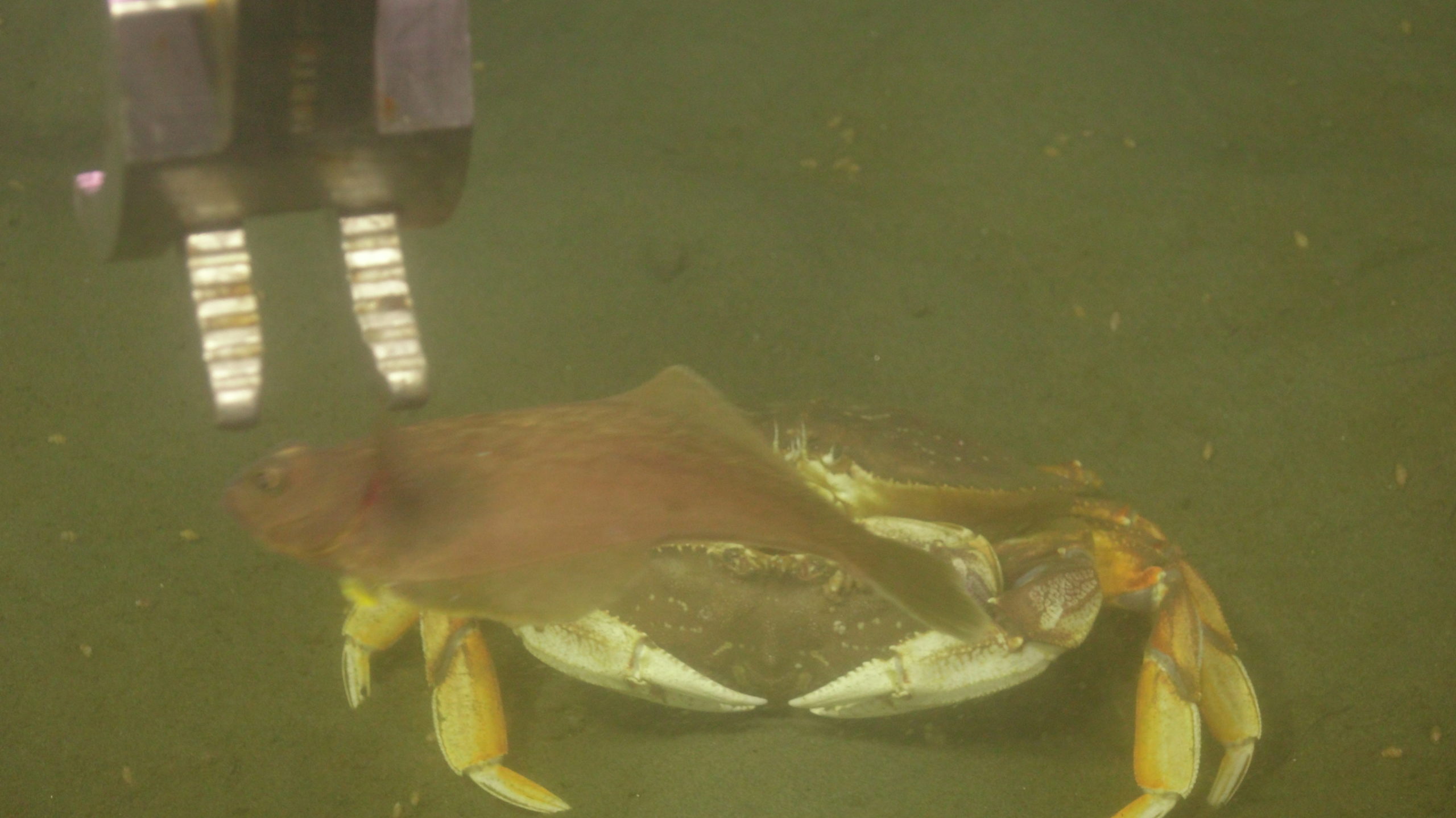
A Dungeness crab being photobombed by a Dover sole at the Oregon Shelf (80 m) site. Credit: UW/NSF/OOI/WHOI, J2-1743, V25.
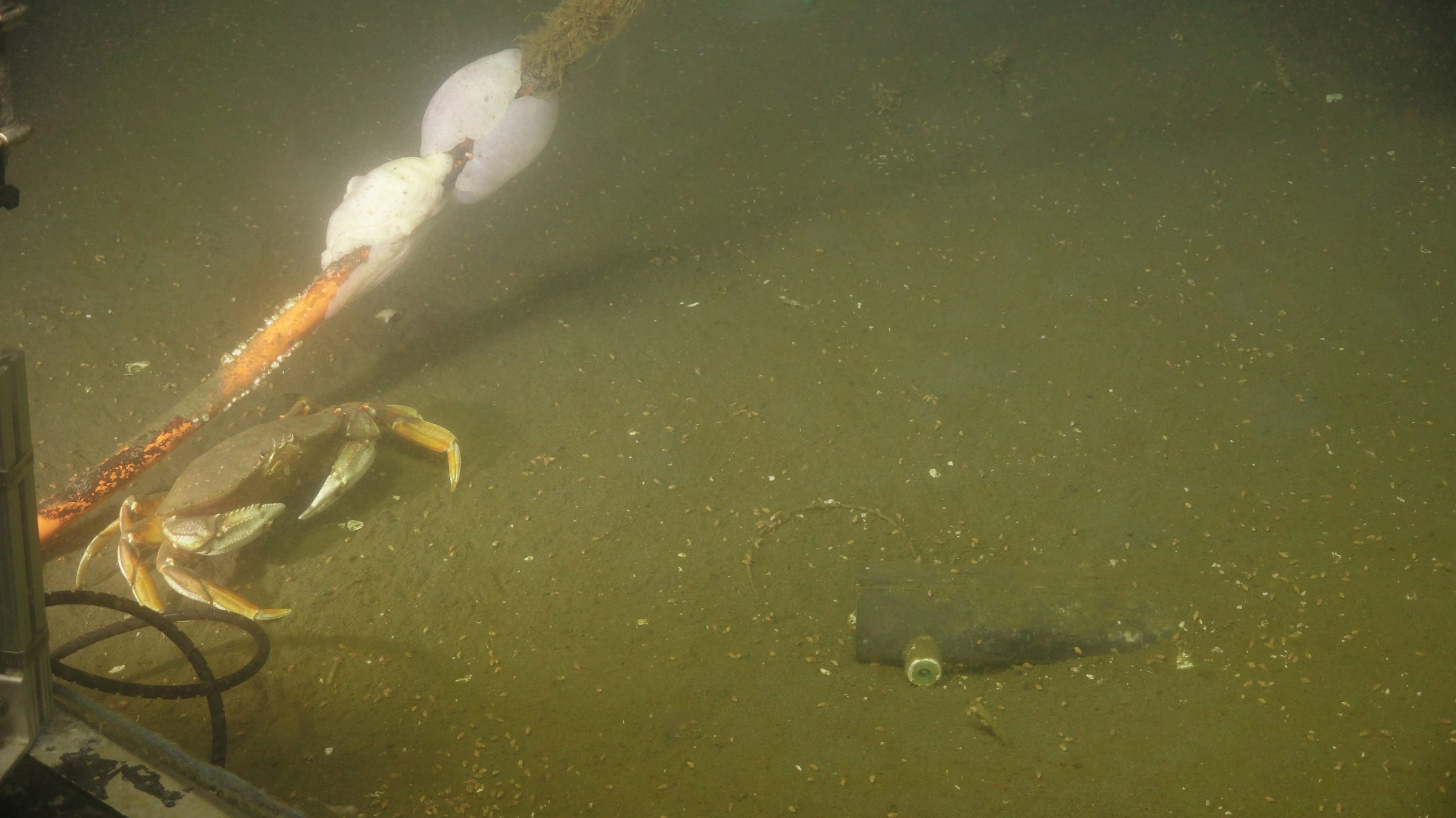
A Dungeness crab walking under the Oregon Shelf (80 m) node cable, which is covered in barnacles and sea anemones. Credit: UW/NSF/OOI/WHOI, J2-1743, V25.
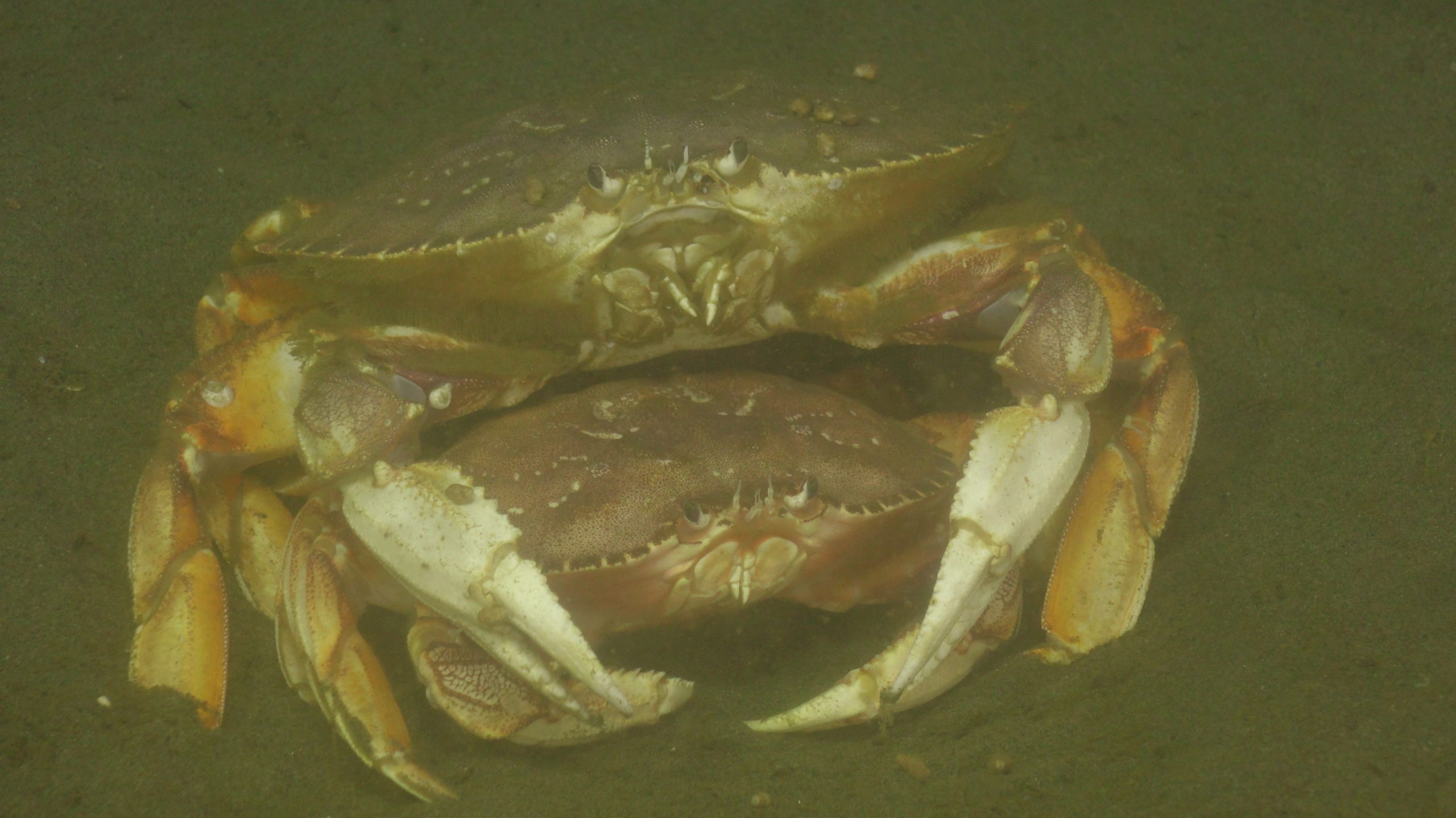
Two Dungeness crabs in a mating posture during a dive at the Oregon Shelf (80 m) site. Credit: UW/NSF/OOI/WHOI, J2-1742, V25.
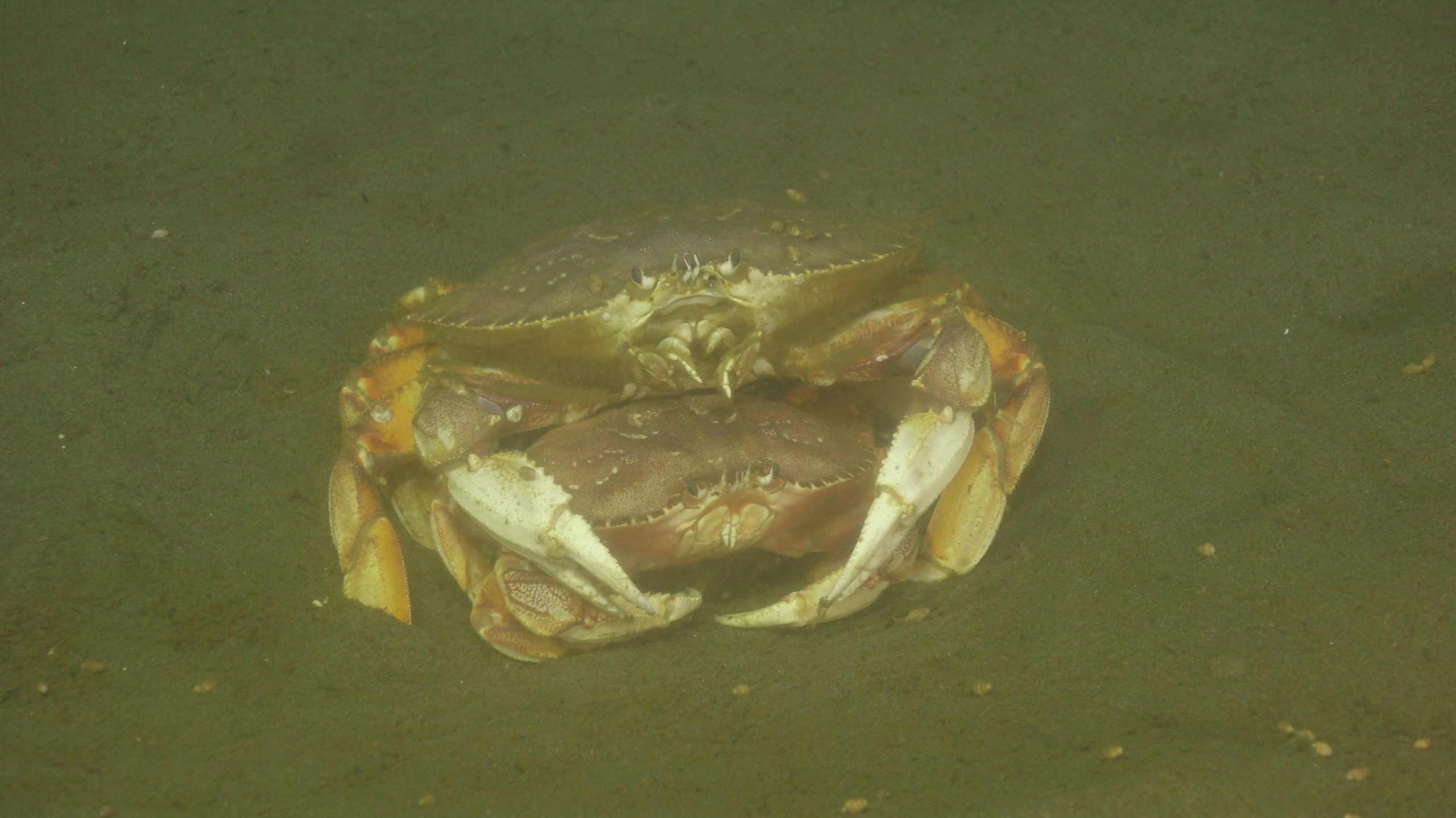
Two Dungeness crabs observed mating during a dive at the Oregon Shelf (80 m) site. Credit: UW/NSF/OOI/WHOI, J2-1742, V25.
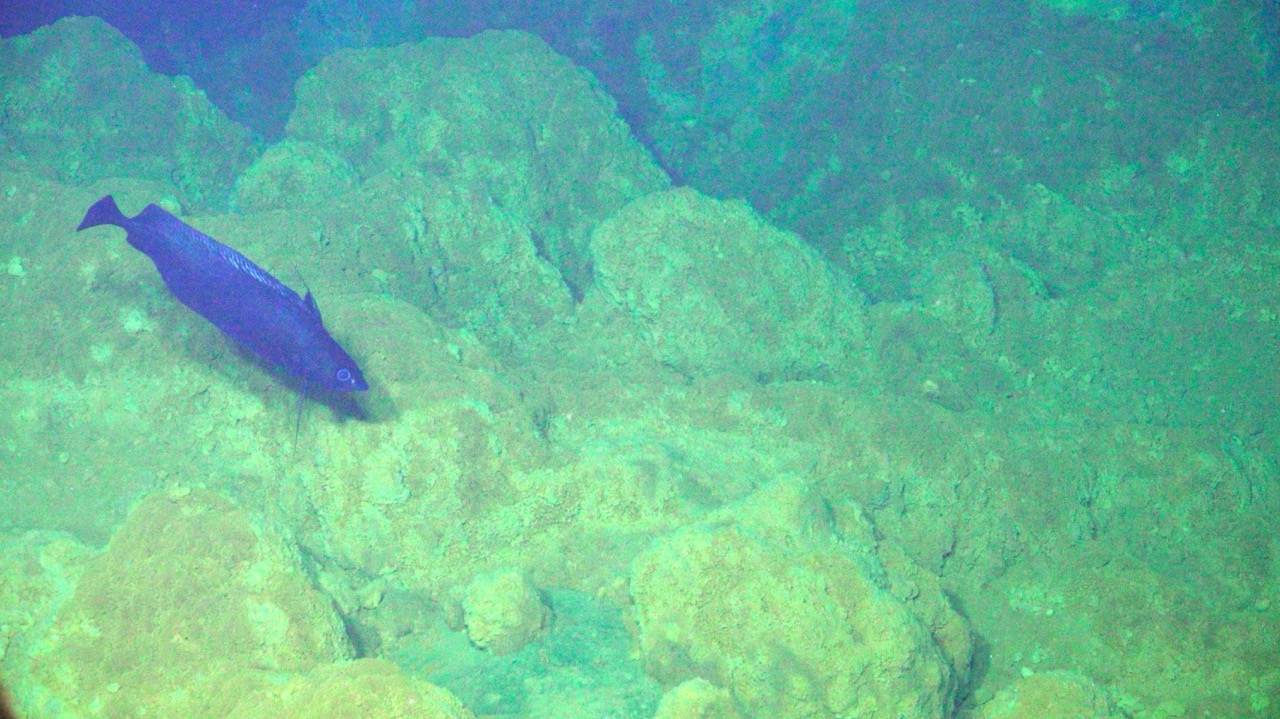
Pacific flatnose (Antimora microlepis) seen poking around near ASHES vent field. UW/NSF/OOI/WHOI; J2-1729, V25
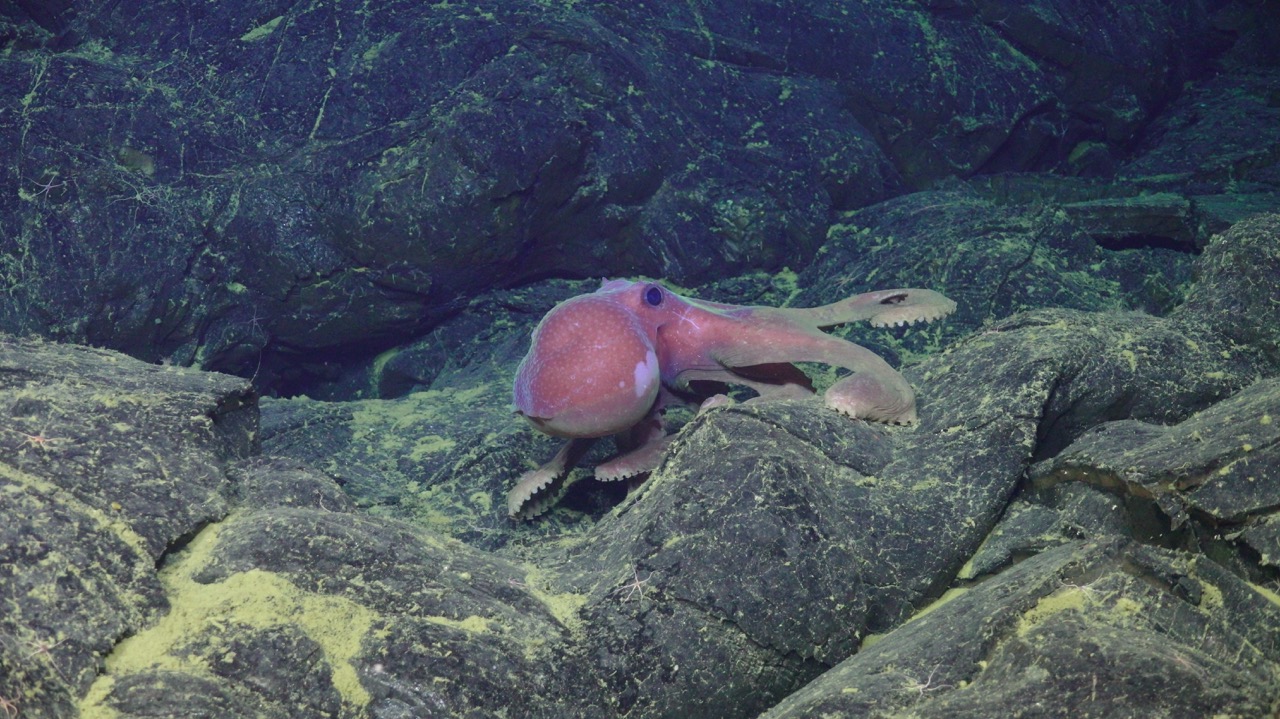
Graneledone Octopus (Graneledone boreopacifica) checking out Jason from its basalt perch. Credit: UW/NSF/OOI/WHOI; J2-1729, V25.
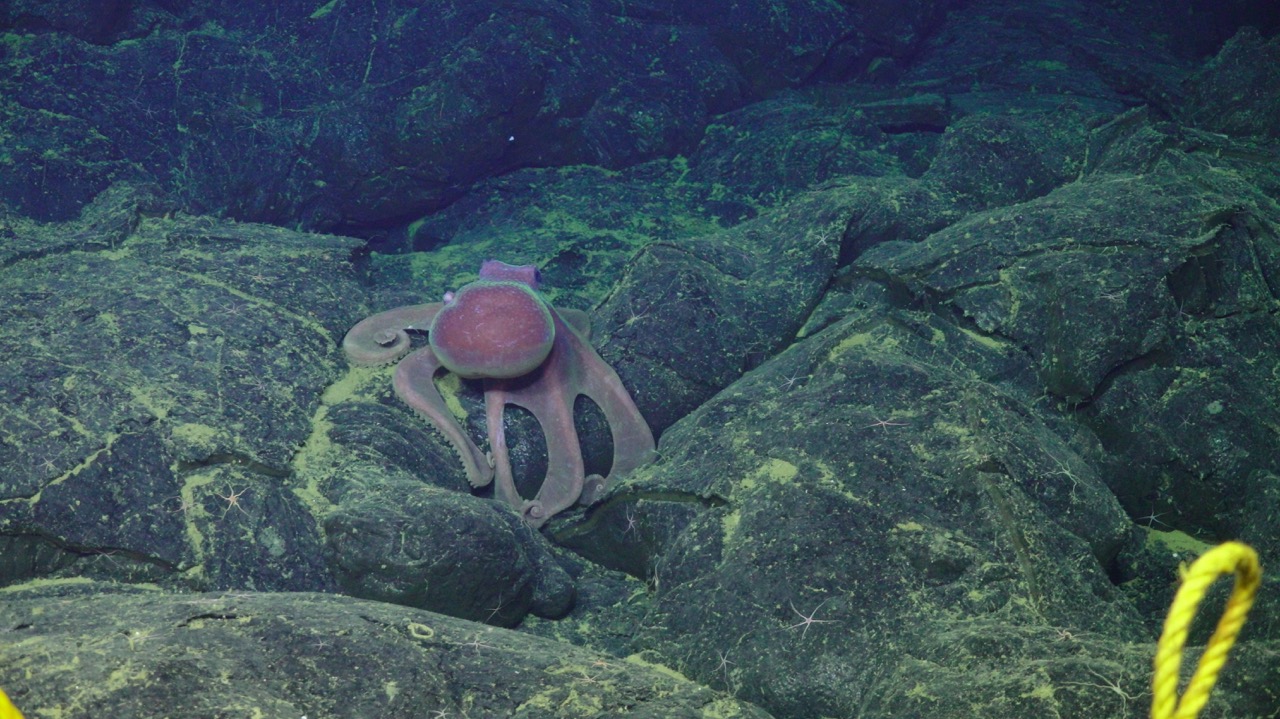
Graneledone Octopus (Graneledone boreopacifica) checking out Jason from its basalt perch. Credit: UW/NSF/OOI/WHOI; J2-1729, V25.
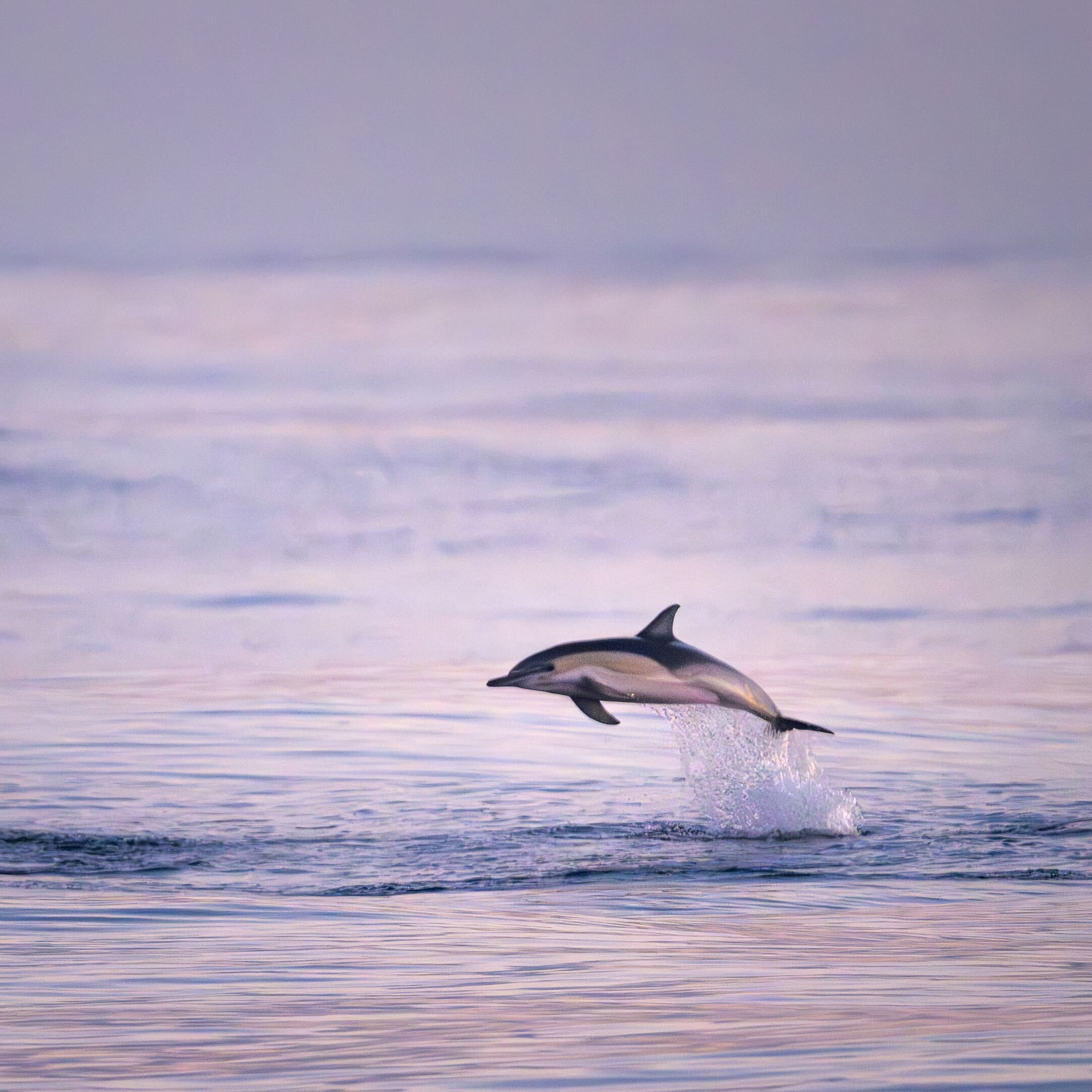
A group of Short-nosed Common dolphins hung out with us for a while last night at sunset. Credit: J. Tilley, UW-APL, V25.
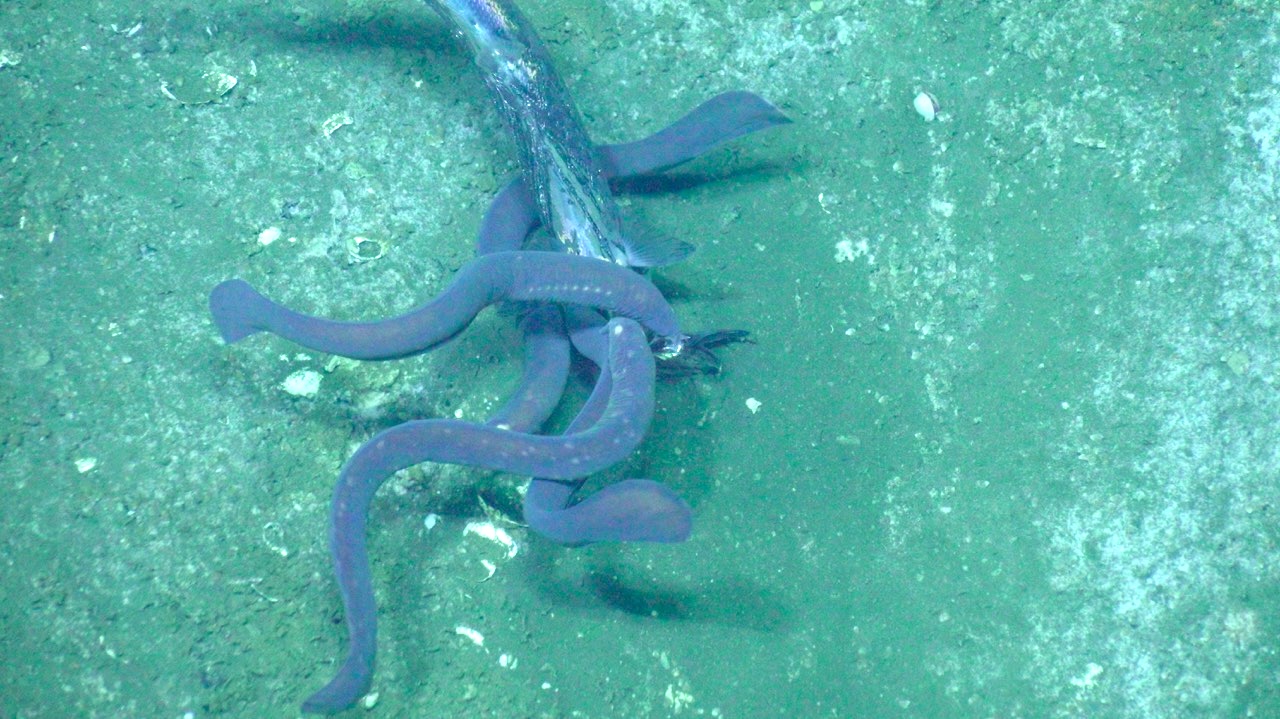
Intertwined hagfish dine on fish carcass at Southern Hydrate Ridge. Credit: UW/NSF-OOI/WHOI, J2-1719, V25.
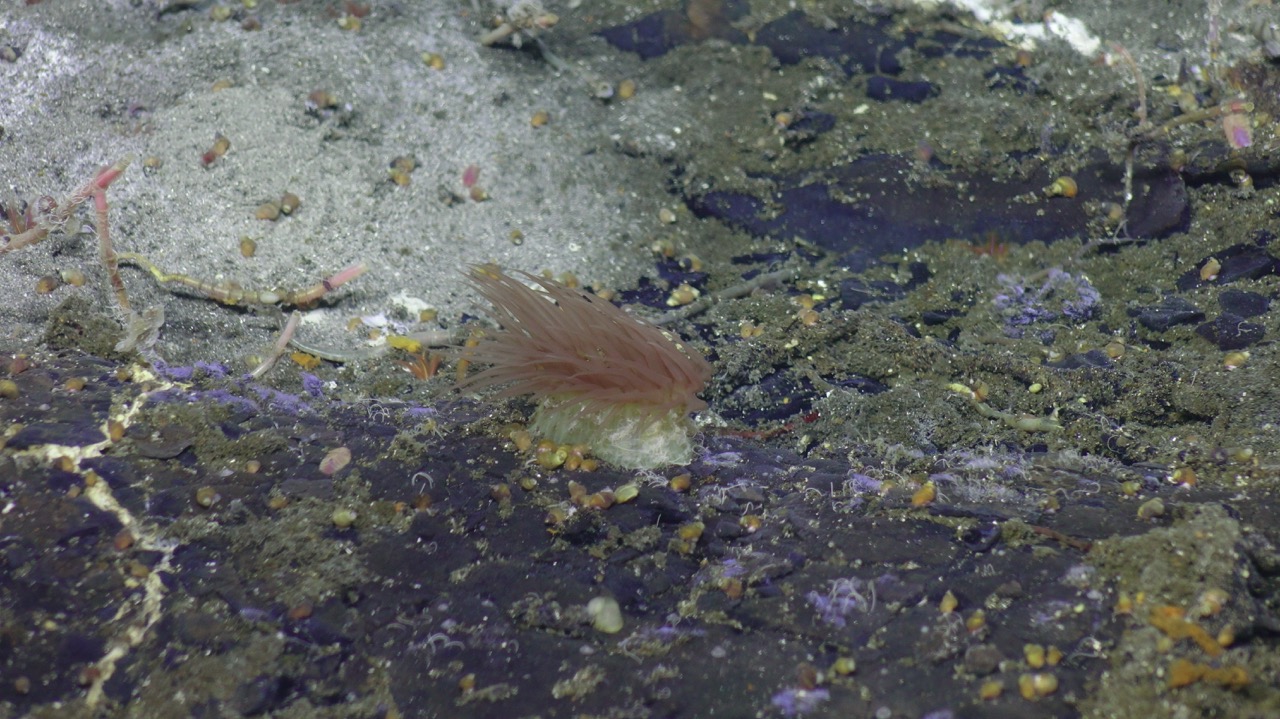
A small, pink anemone growing on the basalt at Axial Seamount, next to a few chemosynthetic tube worms. Credit: UW/NSF-OOI/WHOI, J2-1707, V25.
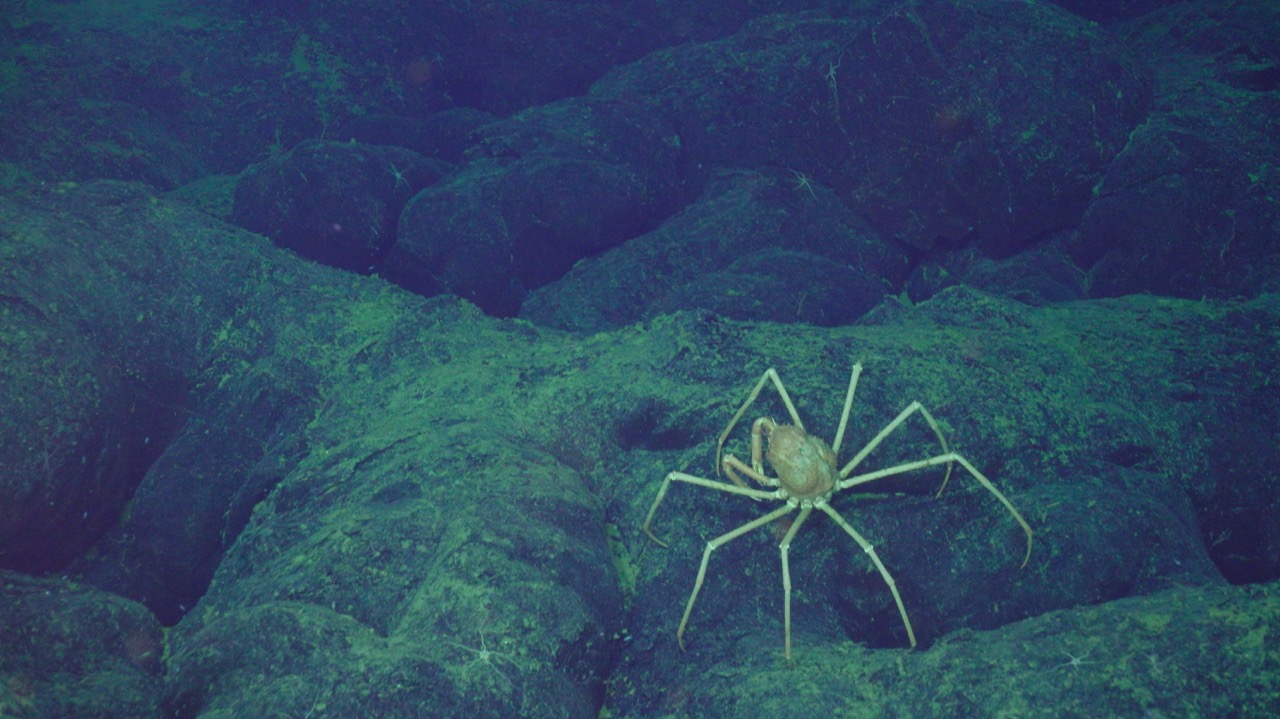
A spider crab picking its way over an old lava flow on the seafloor at Axial Seamount. Credit: UW/NSF-OOI/WHOI, J2-1707, V25.
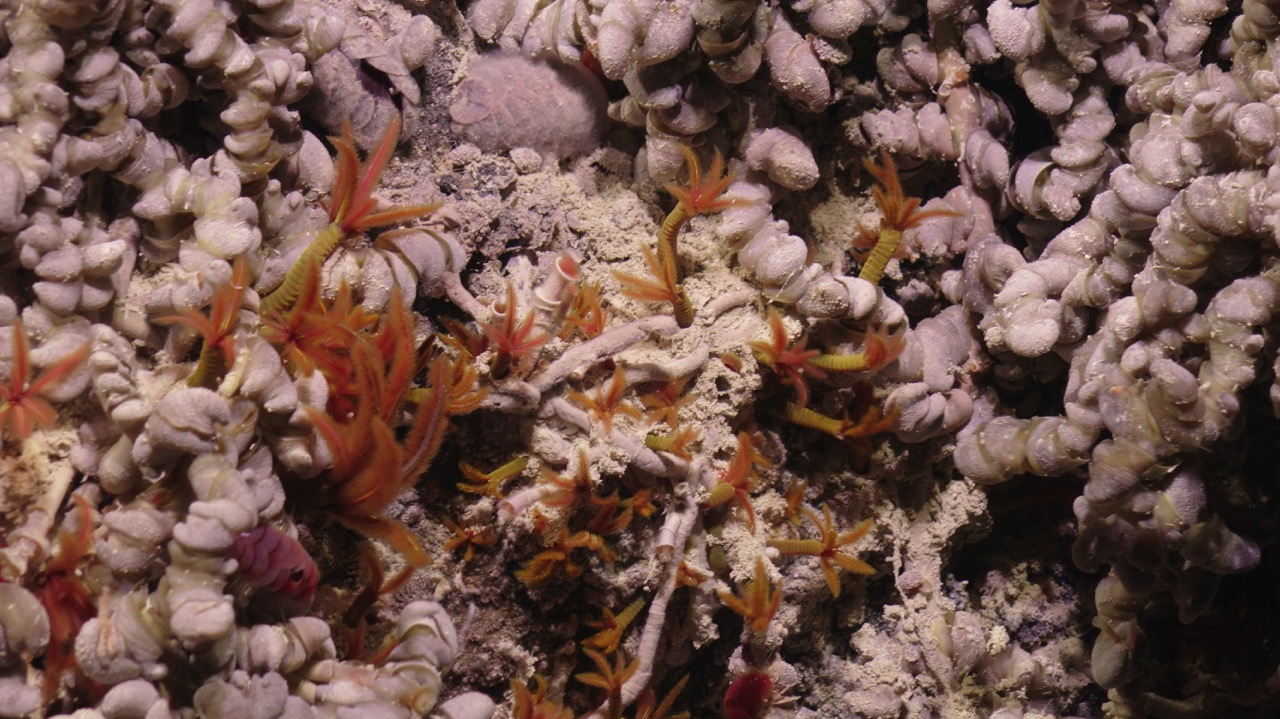
An assortment of different polychaete worms and limpets on Mushroom hydrothermal vent. Credit: UW/NSF-OOI/WHOI, J2-1707, V25.
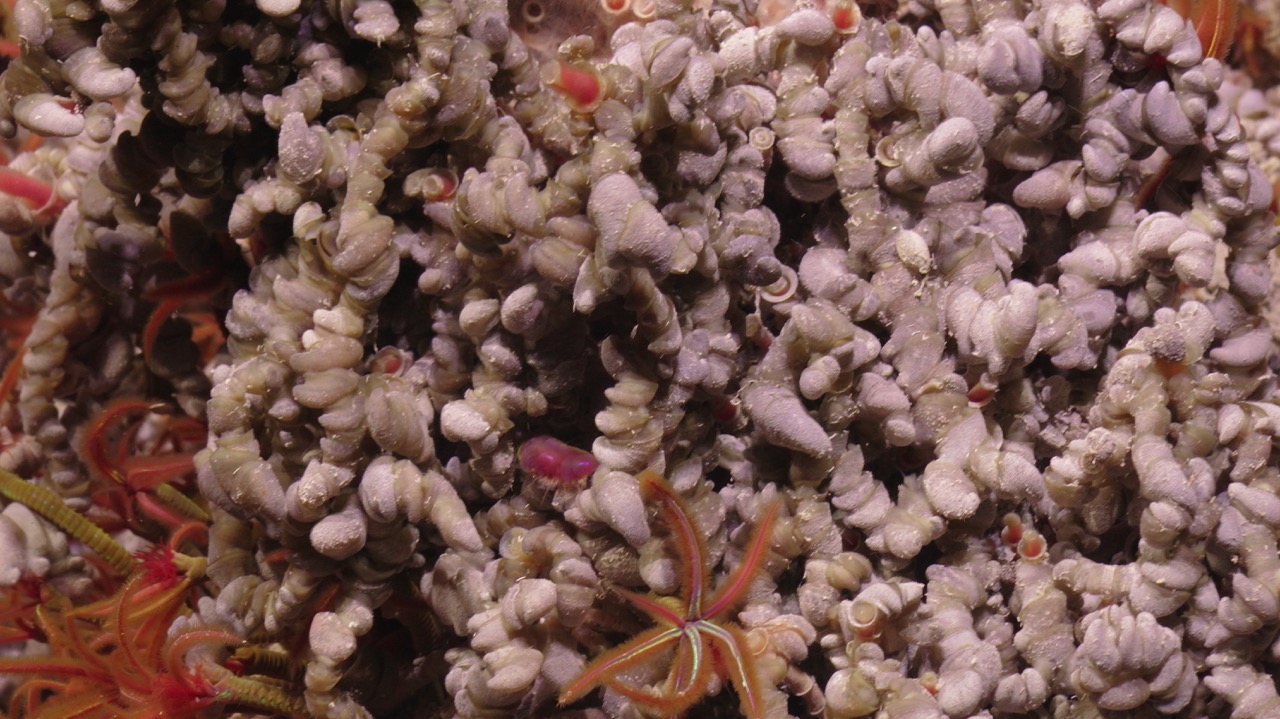
Scale worms, palm worms, and limpets on Mushroom vent. Credit: UW/NSF-OOI/WHOI, J2-1707, V25.
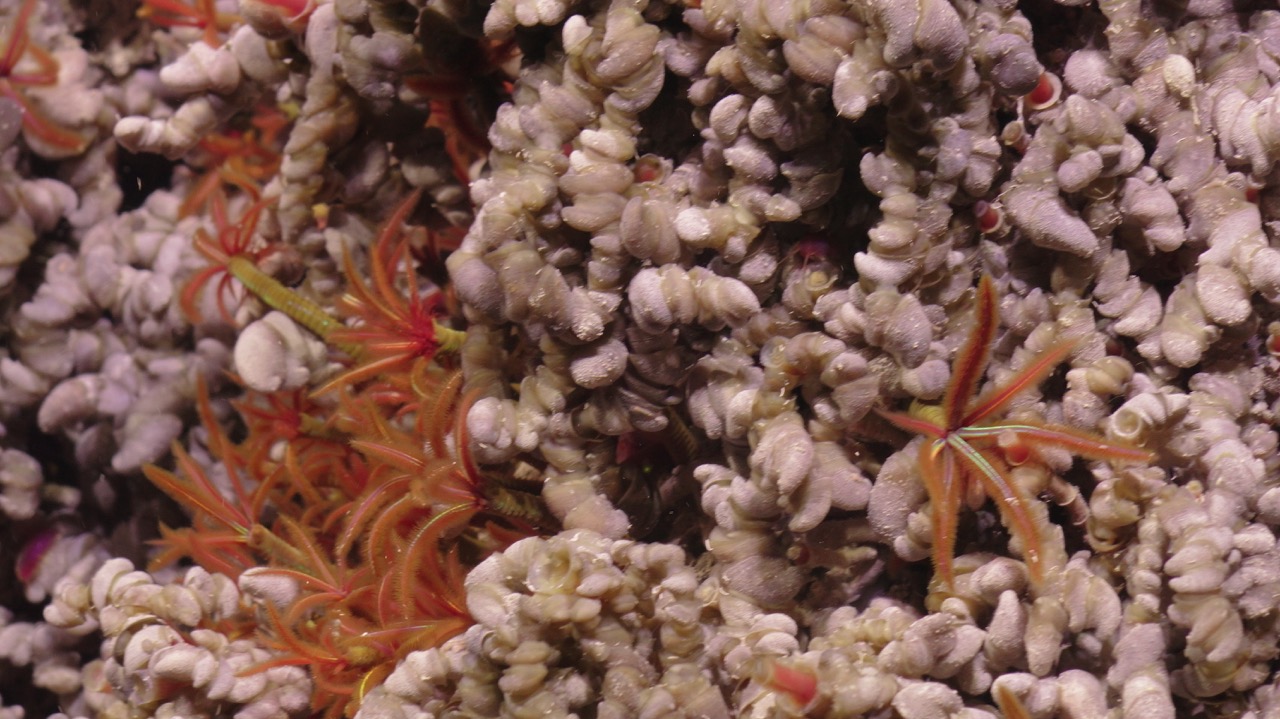
Tube worms, palm worms, and limpets on Mushroom vent. Credit: UW/NSF-OOI/WHOI, J2-1707, V25.
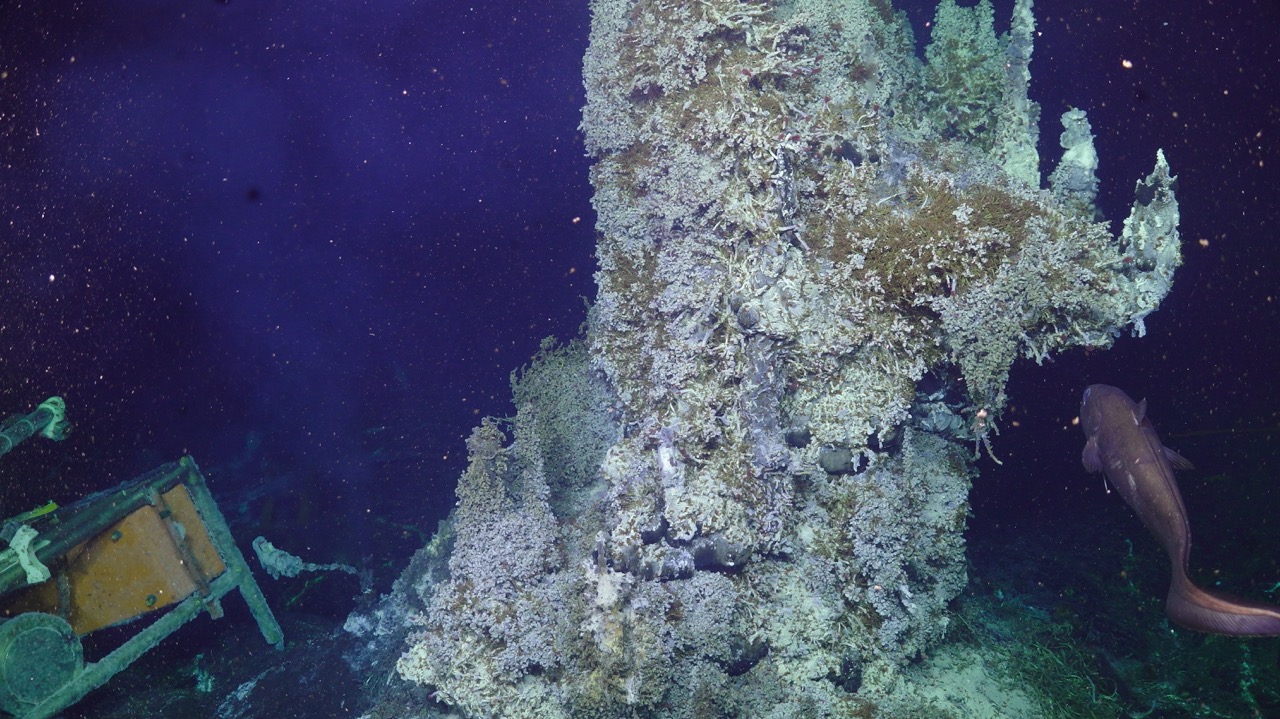
A rattail (grenadier) fish swimming towards the Mushroom vent, with the CAMHD below. Credit: UW/NSF-OOI/WHOI, J2-1707, V25.
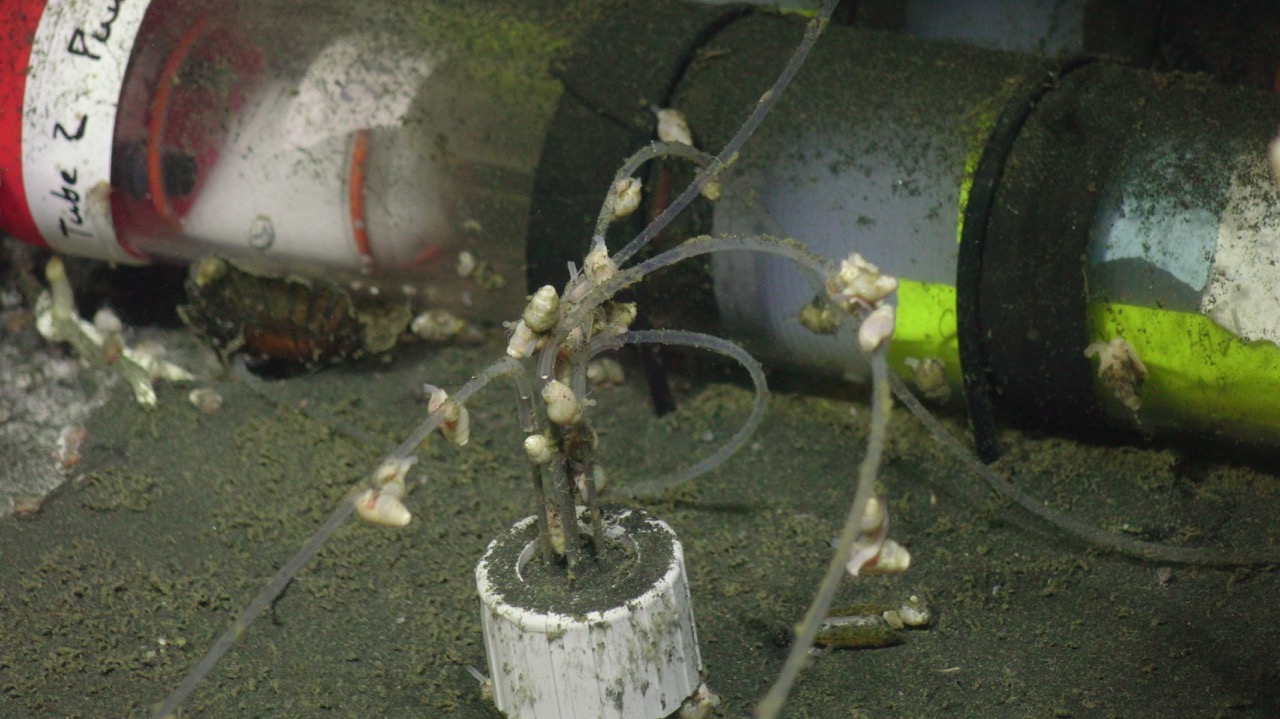
Tiny snails climbing on the tracer tubing of the Mosquito fluid sampler at SHR. Credit: UW/NSF-OOI/WHOI, J2-1719, V25.
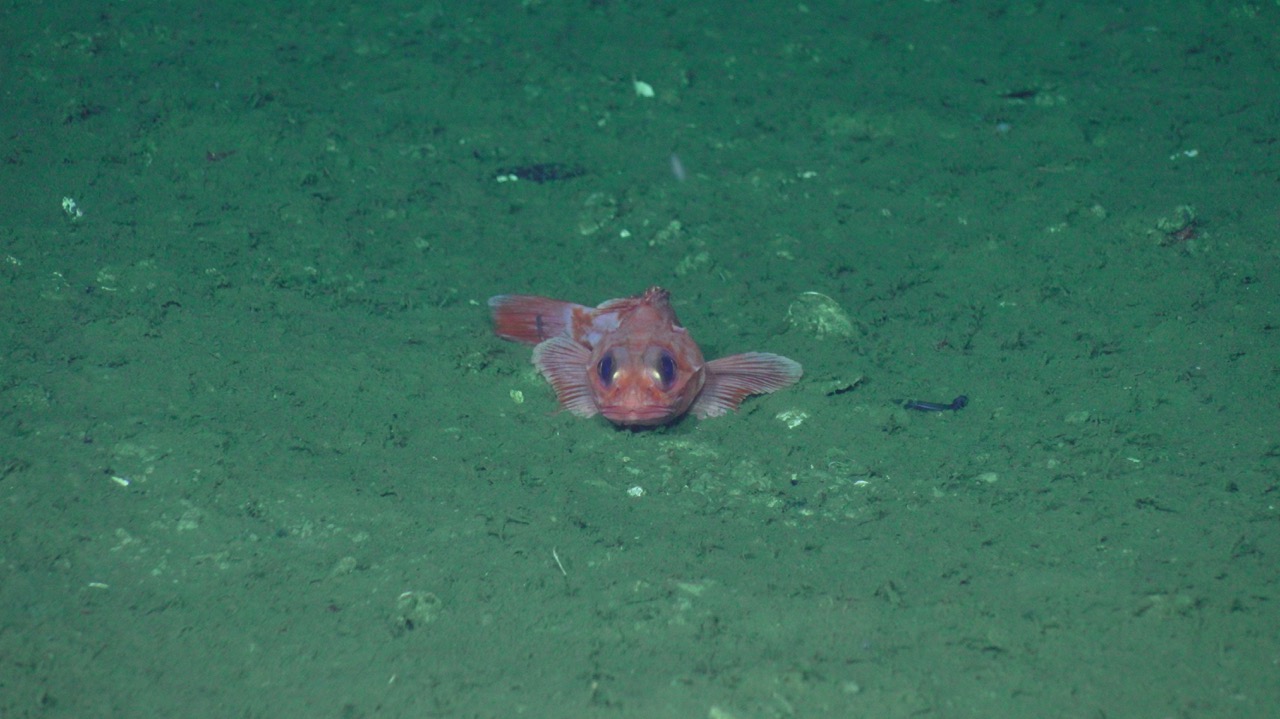
A small rockfish facing the camera at Southern Hydrate Ridge. Credit: UW/NSF-OOI/WHOI, J2-1715, V25.
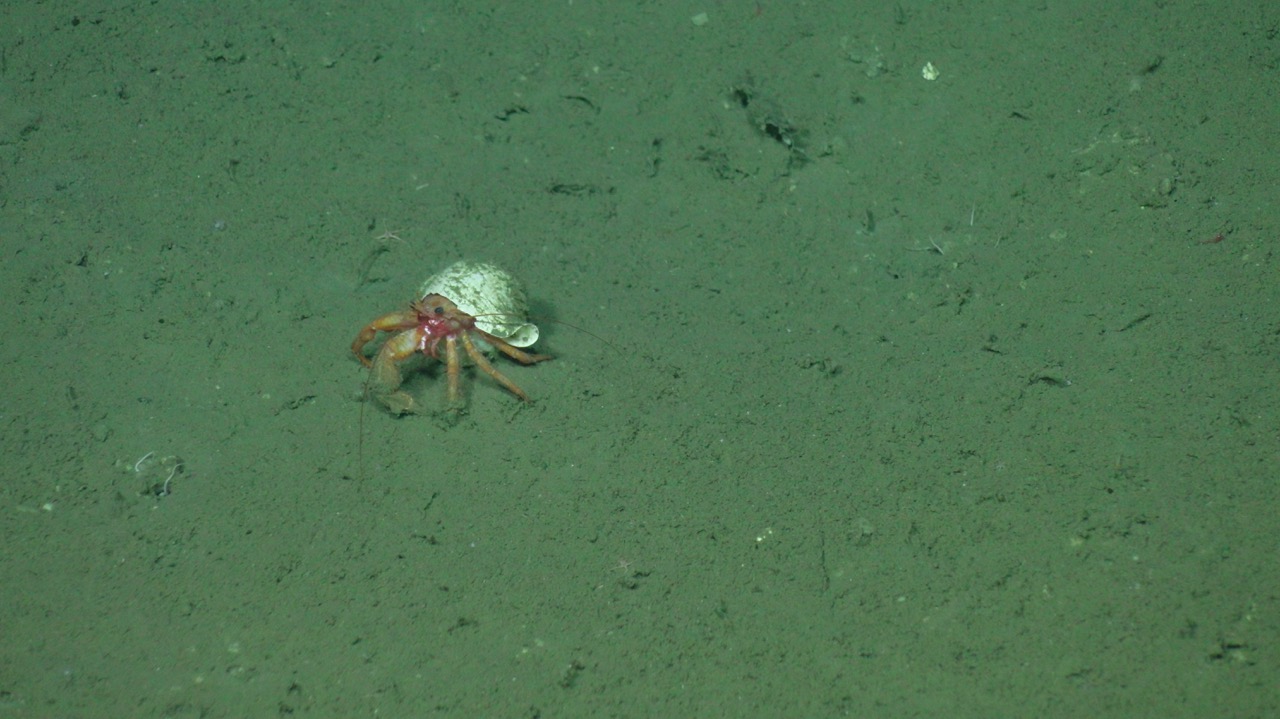
A hermit crab wearing a snail shell crawls across the seafloor at Southern Hydrate Ridge. Credit: UW/NSF-OOI/WHOI, J2-1715, V25.
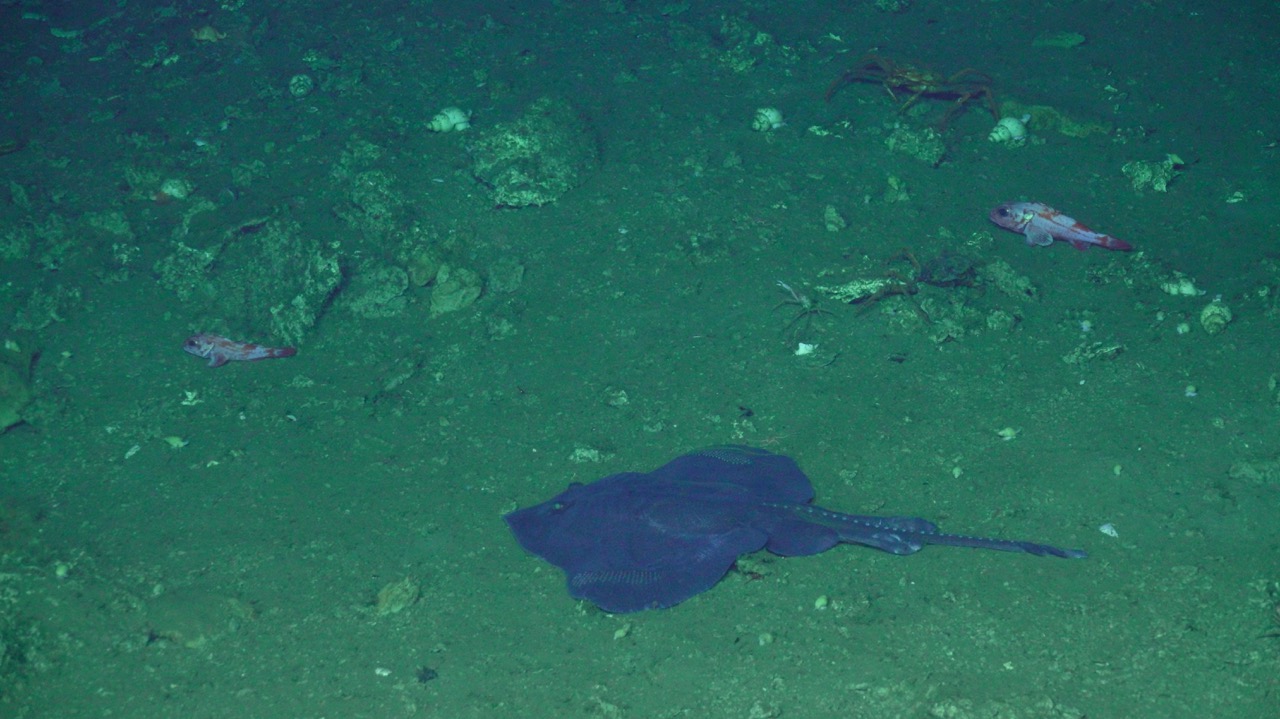
A roughtail skate sits next to some rockfish and a Tanner crab at SHR. Credit: UW/NSF-OOI/WHOI, J2-1715, V25.
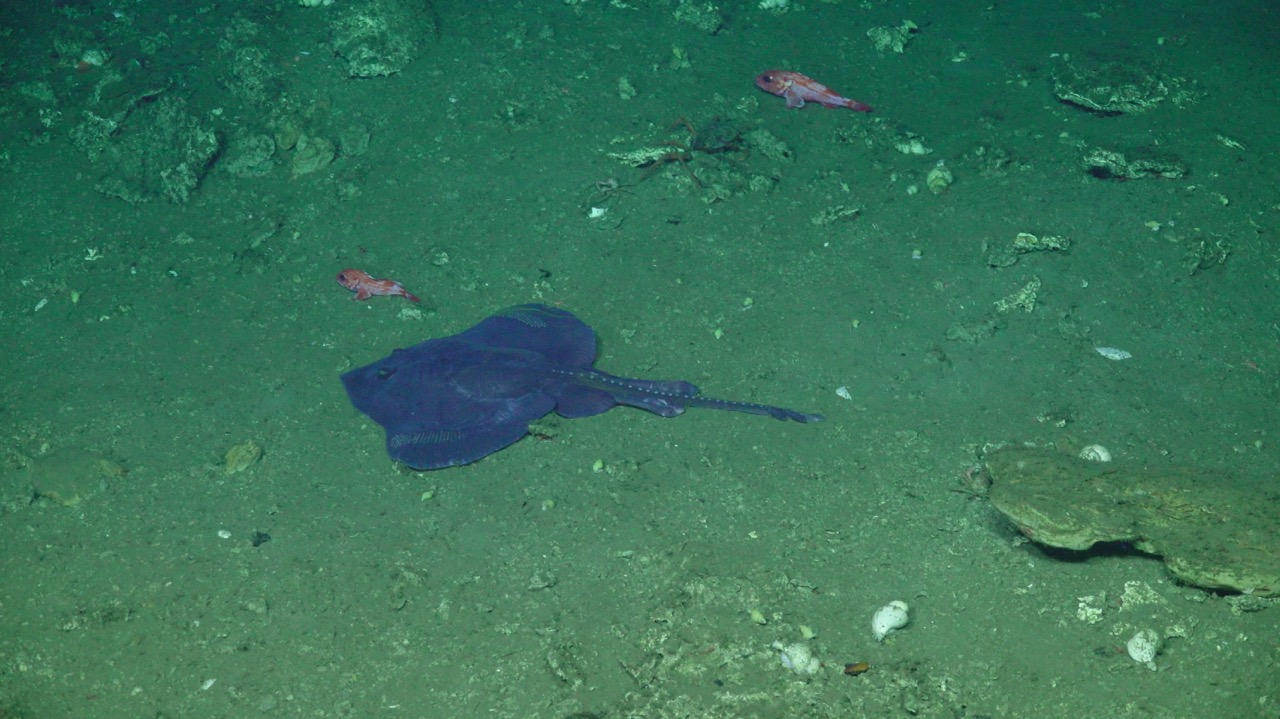
A roughtail skate sits next to some rockfish at SHR. Credit: UW/NSF-OOI/WHOI, J2-1715, V25.
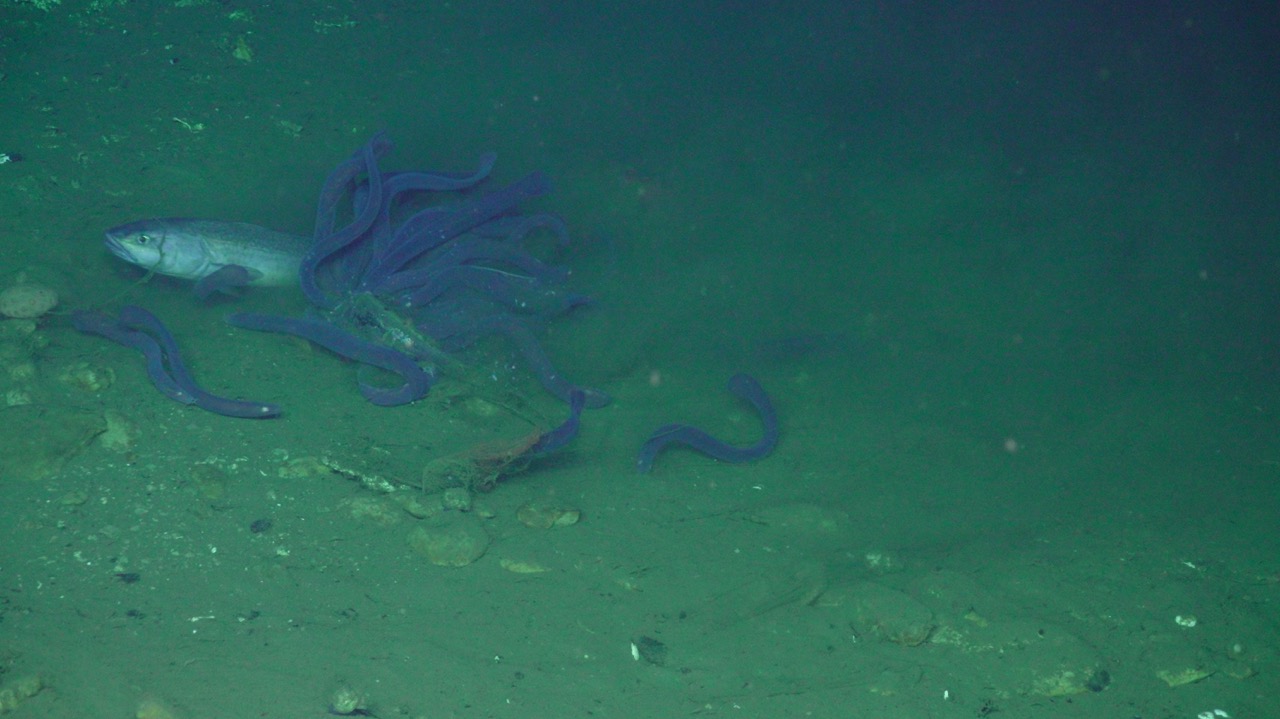
A group of scavenging hagfish tearing apart a dead sablefish at Southern Hydrate Ridge. Credit: UW/NSF-OOI/WHOI, J2-1715, V25.
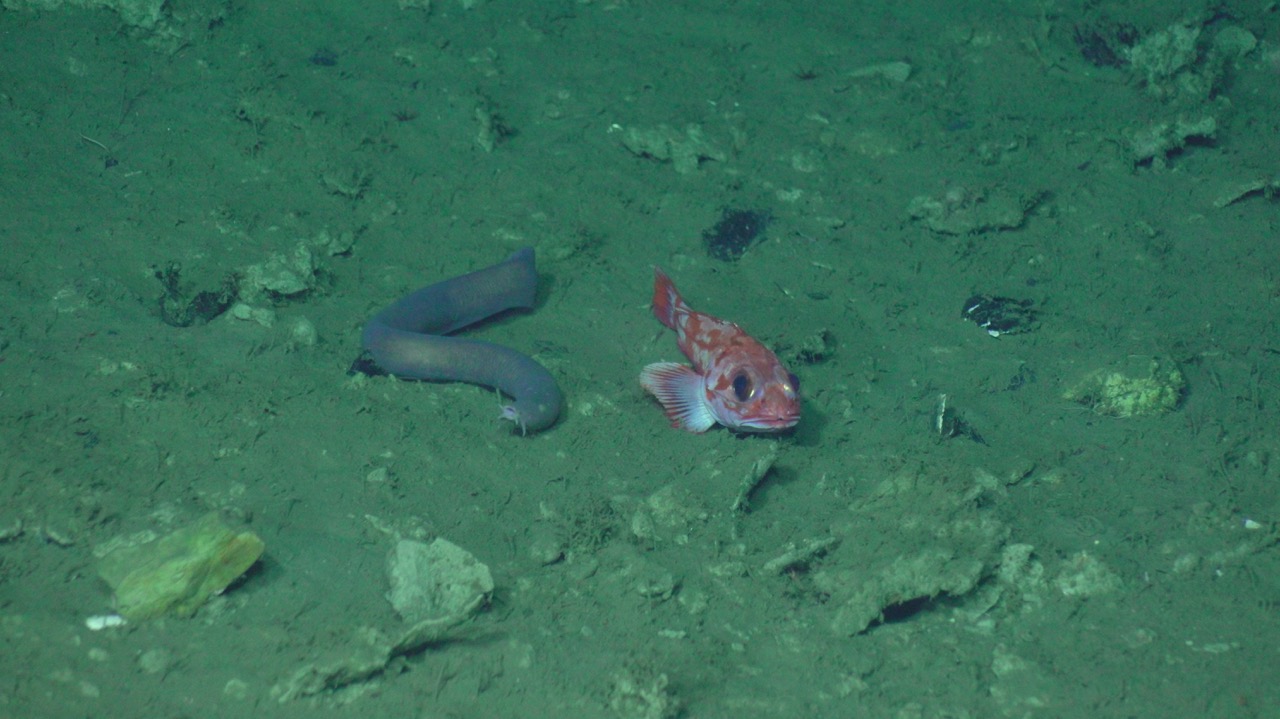
A hagfish and a rockfish strike a pose at Southern Hydrate Ridge. Credit: UW/NSF-OOI/WHOI, J2-1715, V25.
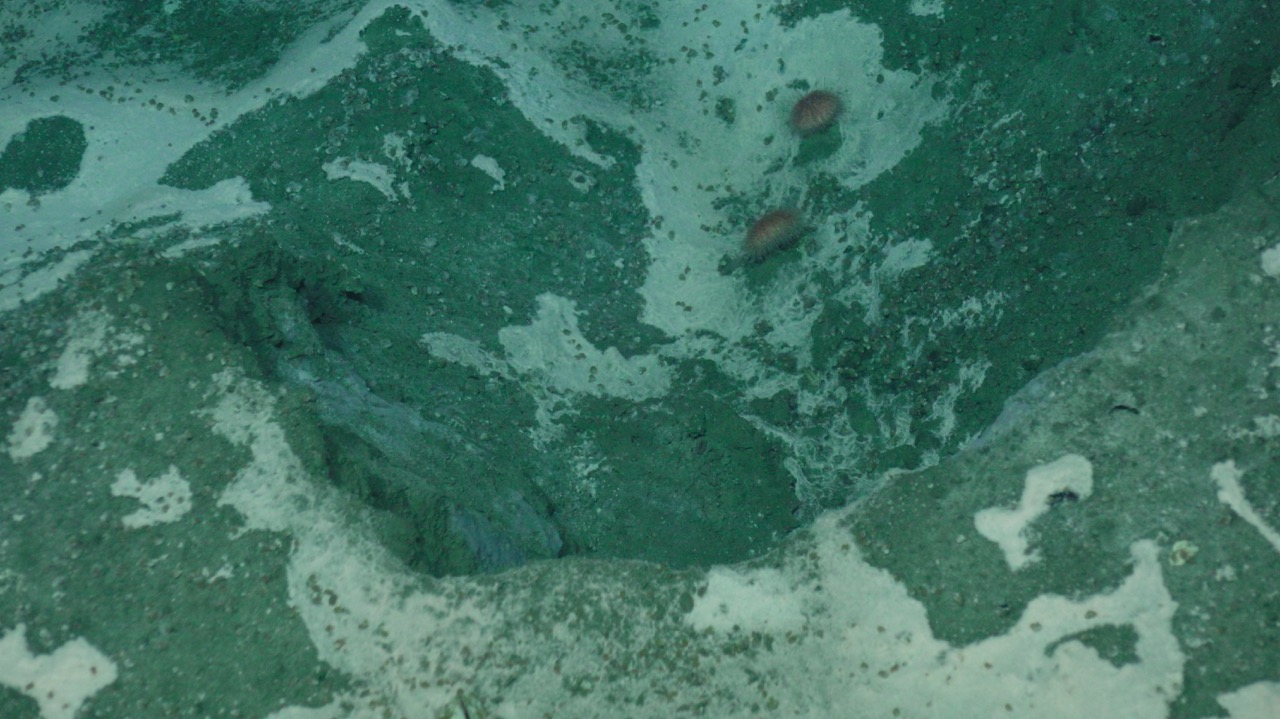
Pink urchins crawl across thick white bacterial mats at Southern Hydrate Ridge. Credit: UW/NSF-OOI/WHOI, J2-1715, V25.
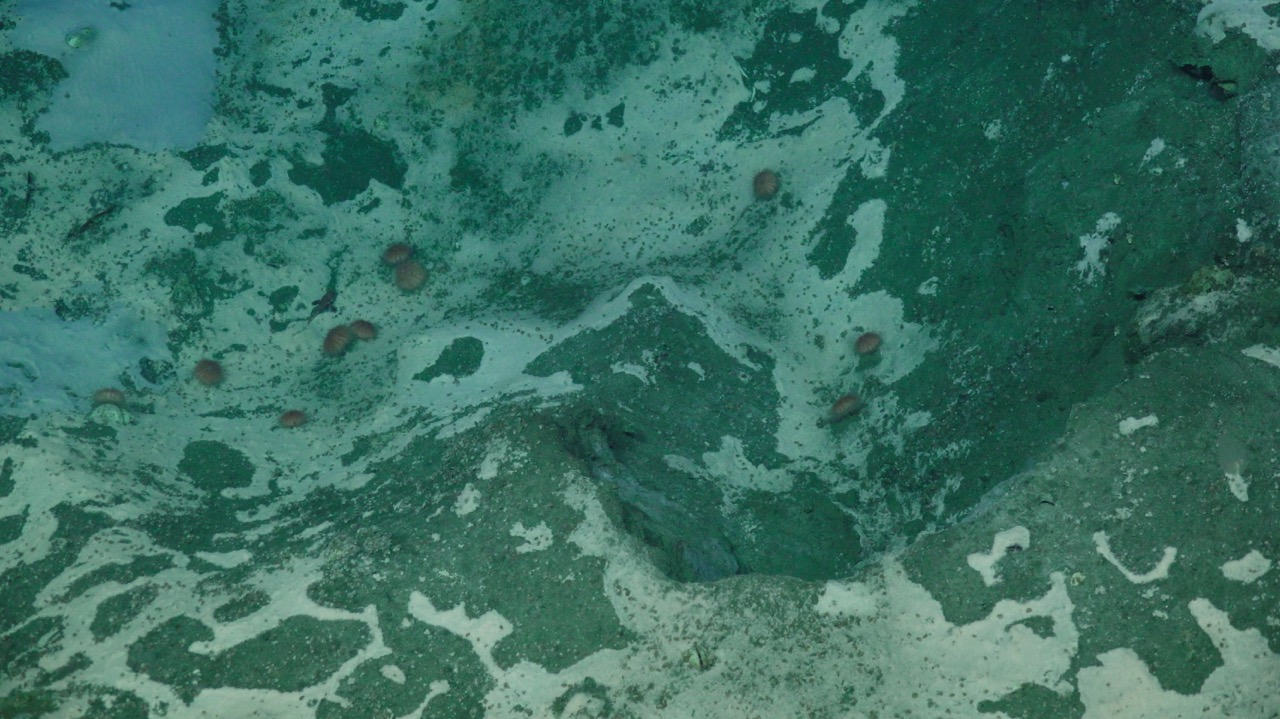
Pink urchins crawl across thick white bacterial mats at Southern Hydrate Ridge. Credit: UW/NSF-OOI/WHOI, J2-1715, V25.
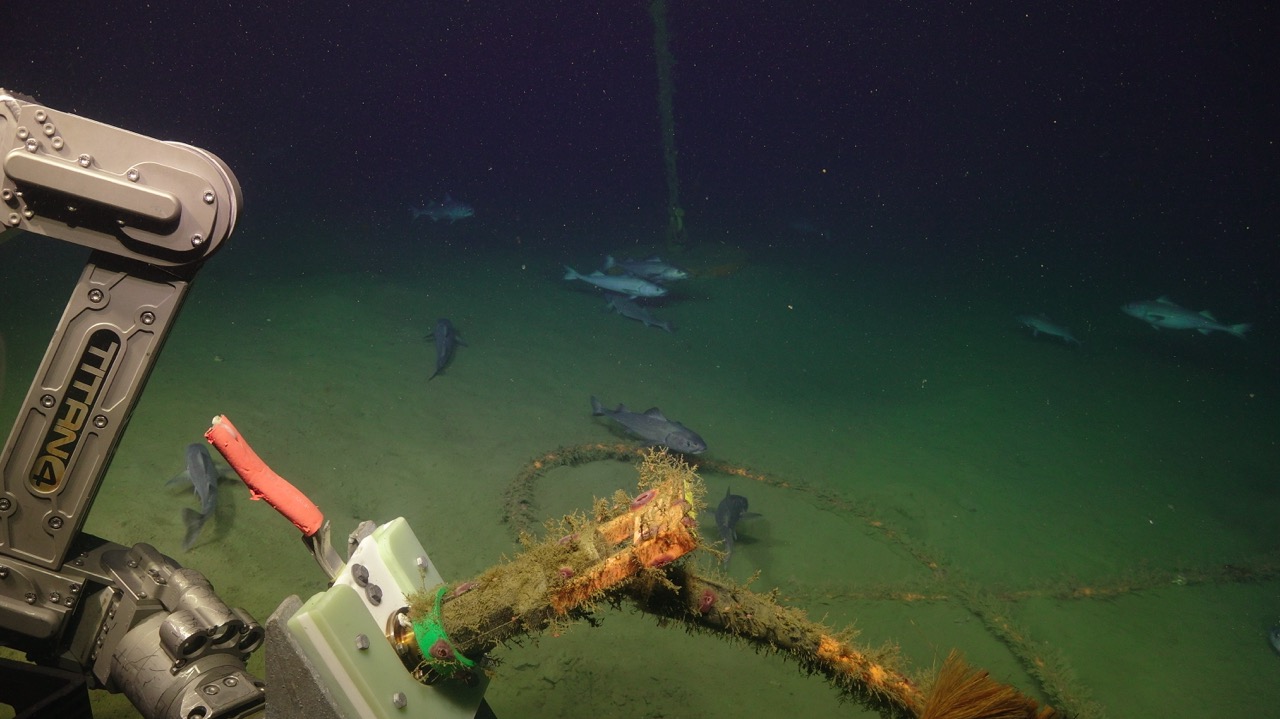
Black cod (sablefish) schooling around the anchor of the OR Offshore Deep Profiler mooring. Credit: UW/NSF-OOI/WHOI, J2-1714, V25.
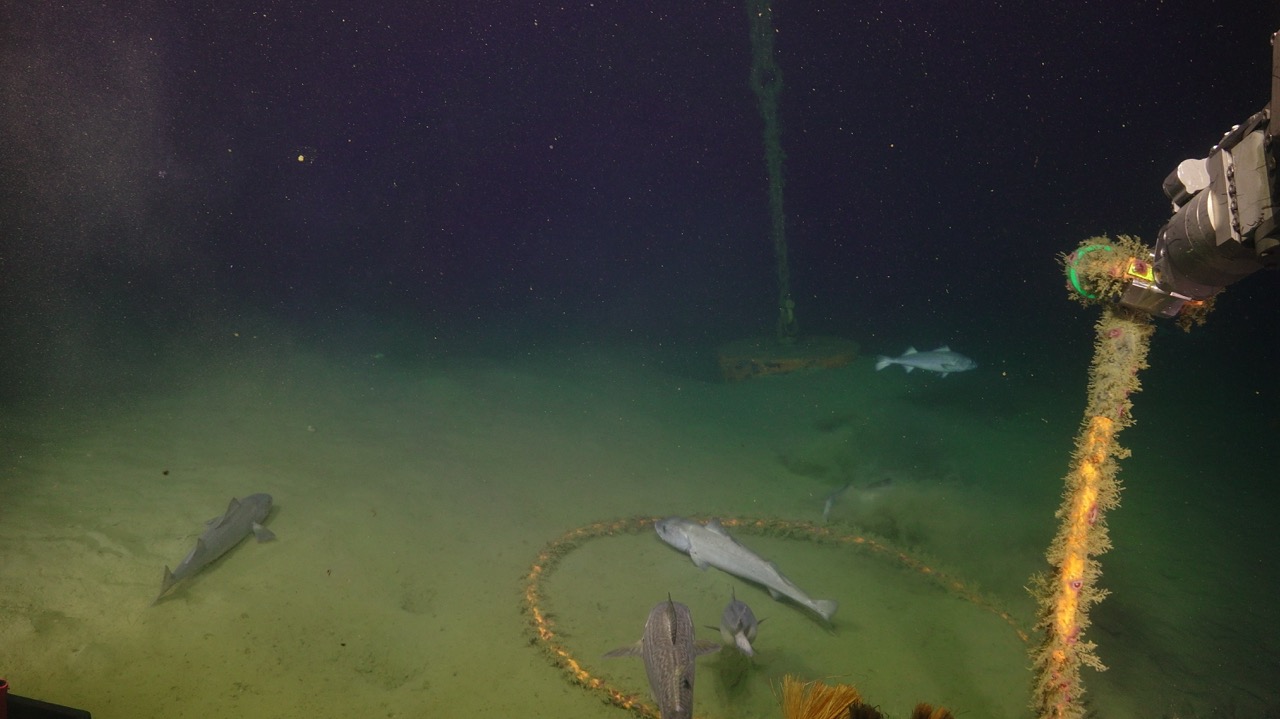
Black cod (sablefish) schooling around the anchor of the OR Offshore Deep Profiler mooring. Credit: UW/NSF-OOI/WHOI, J2-1714, V25.
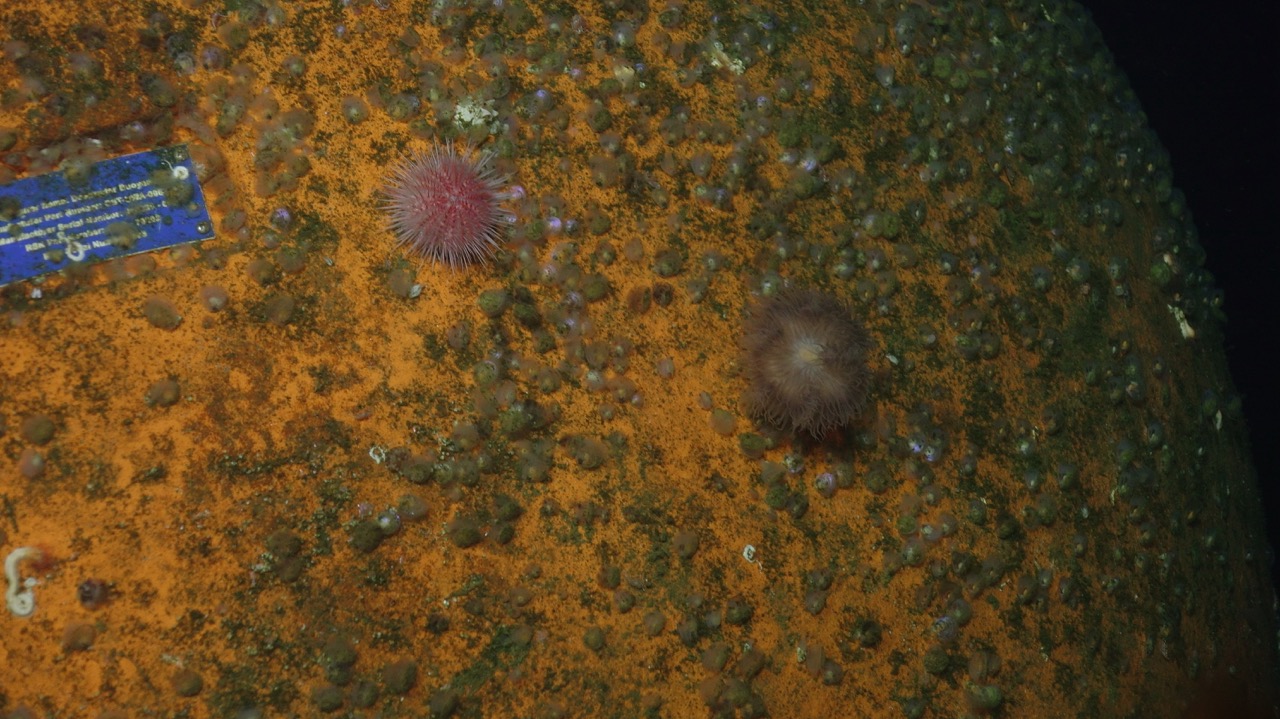
A pink sea urchin and an anemone surrounded by scallops on the OR Offshore Deep Profiler float. Credit: UW/NSF-OOI/WHOI, J2-1714, V25.
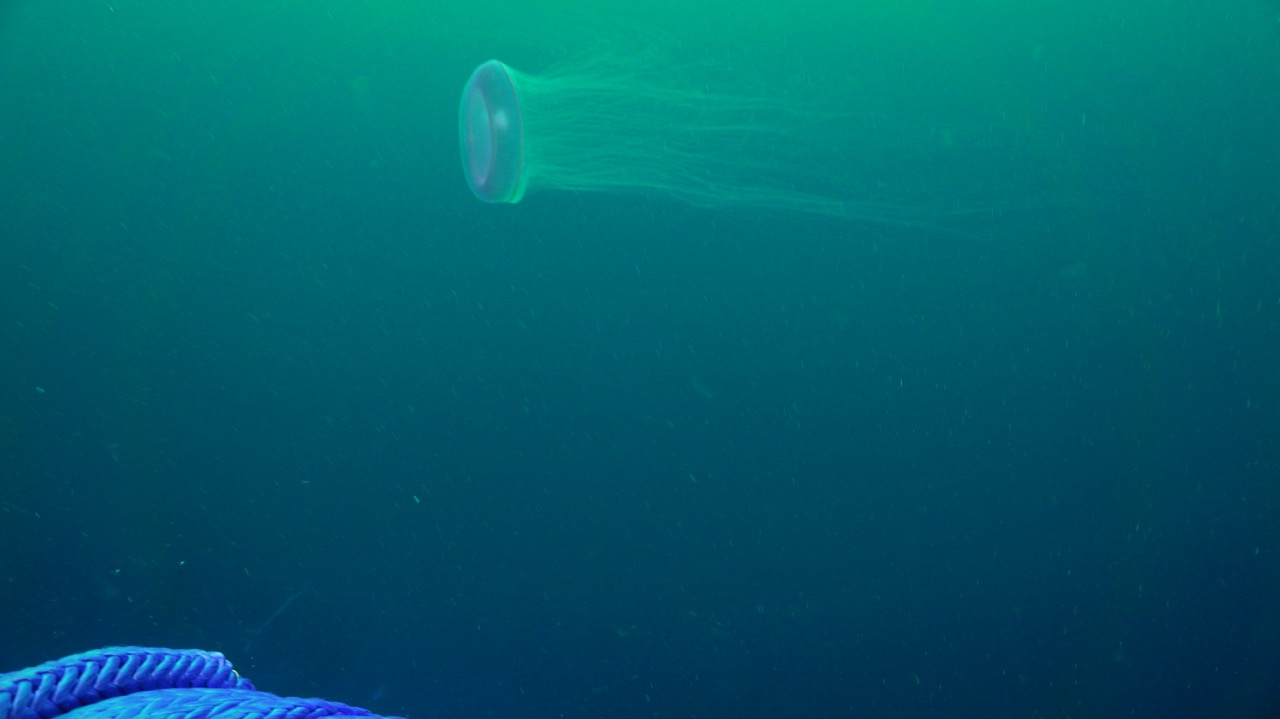
An ethereal looking jelly seen near the top of the Slope Base Deep Profiler Mooring. Credit: UW/NSF-OOI/WHOI, J2-1712, V25.
- Anemone
- Animal
- Arthropod
- ASHES
- Axial
- Axial Base
- Axial Biology
- Axial Caldera
- Bacteria
- Basalt Lava
- BEP
- Biofouling
- biolgoy
- Biology
- Camds
- Camera
- Camhd
- Central Caldera
- Ciliates
- Cnidaria
- Coastal Biology
- Crab
- Deep Profiler Mooring
- Dive Highlights
- Eastern Caldera
- Echinoderms
- Endurance Array
- Engineering Team
- ENLIGHTEN 10
- Exploratorium
- Fish
- Geology
- HD Camera
- HPIES
- Hydrate Ridge
- Hydrates
- Hydrophone
- Hydrothermal Vents
- Illustration
- Inshore 80 Meters
- Instrument
- International District
- J-BOX
- Jason
- Jellyfish
- Junction Box
- K12
- Lava
- Mollusk
- Moorings
- Nodes
- Nudibranch
- Octopus
- OOI
- Oregon Offshore
- Oregon Offshore 600 m
- Oregon Shelf
- Oregon Slope Base
- People
- PN1B
- PN1D
- Polychaetes
- PPSDN
- Primary Node
- RASFL
- ROCLS
- ROPOS
- ROPOS Dives
- ROV Team
- RV Revelle
- RV Sikuliaq
- RV Thompson
- Salp
- Sample
- SC13
- Science Team
- Sea Cucumber
- Sea Star
- Sea Urchin
- Seafloor
- Seismometer
- Sensors
- Shallow Profiler Mooring
- Shark
- Shipboard
- Shore Station
- Slope Base
- Smoker
- Soft Coral
- Southern Hydrate Ridge
- Sponge
- Squid
- Students
- Students & Guest Participants
- Tmpsf
- Tubeworms
- VISIONS 11 Leg 1
- VISIONS 11 Leg 2
- VISIONS 11 Viewers
- VISIONS 13
- VISIONS 14
- VISIONS 15
- VISIONS 16
- VISIONS 17
- VISIONS 18
- VISIONS 20
- VISIONS 22
- VISIONS 23
- Visualization
